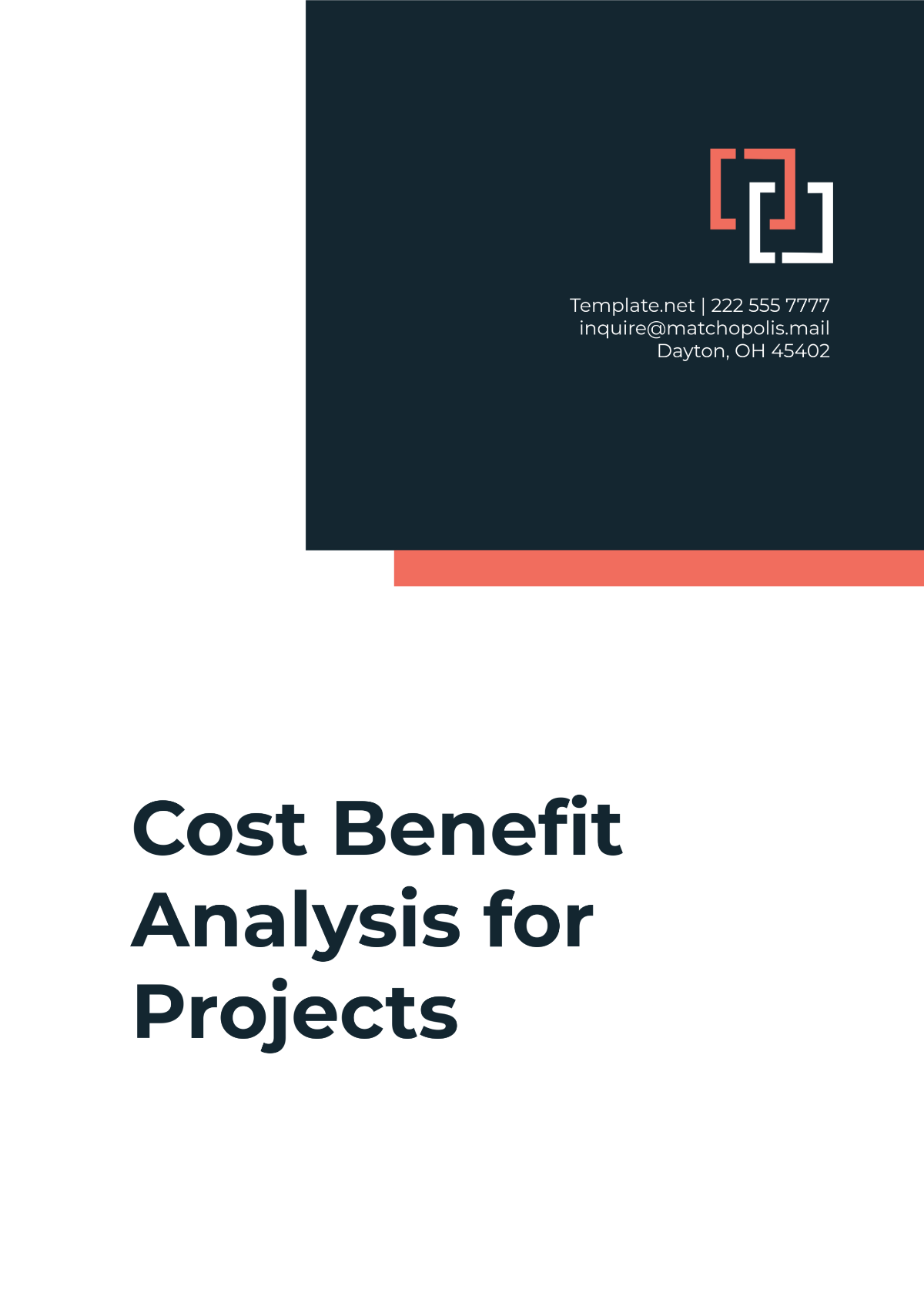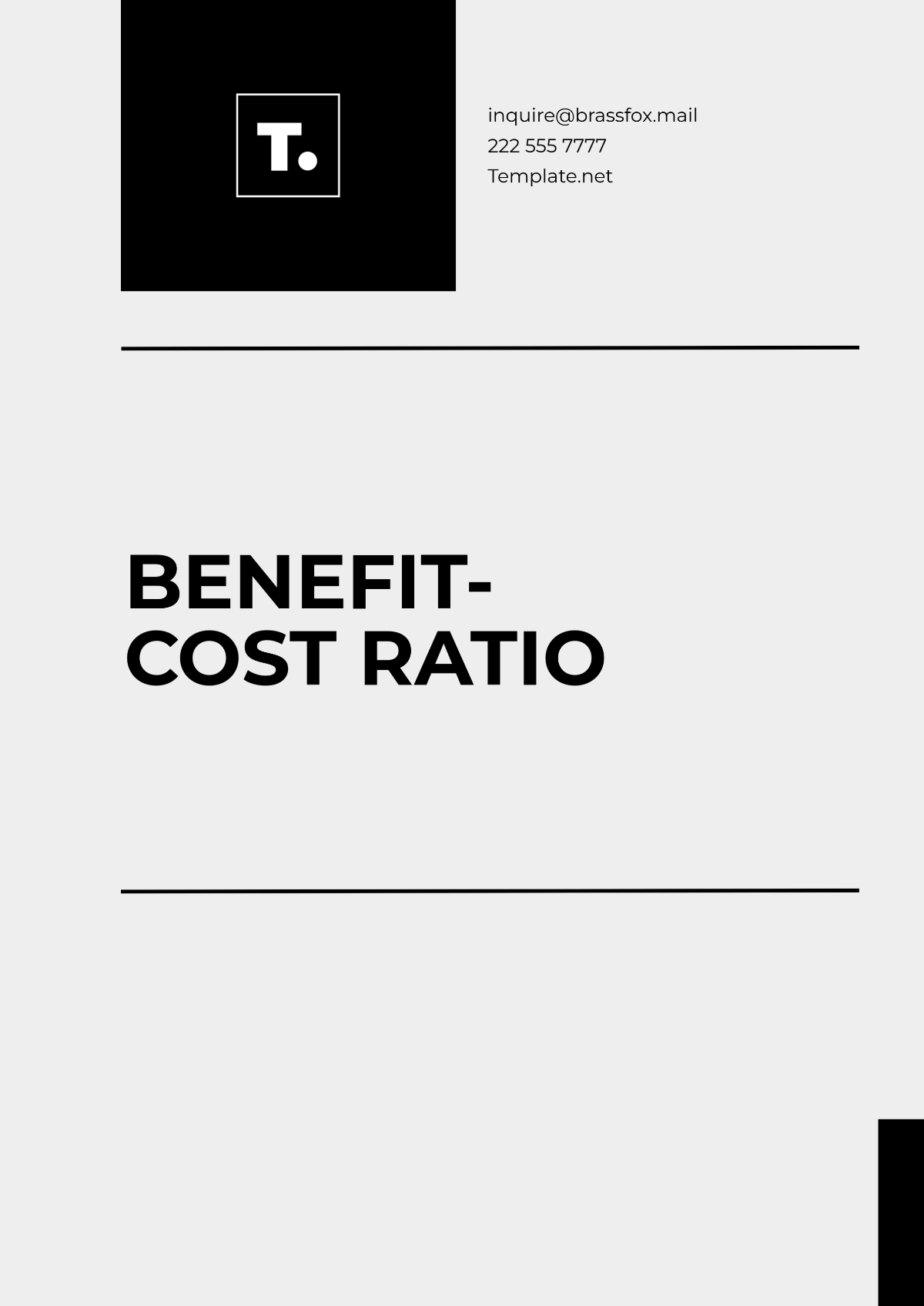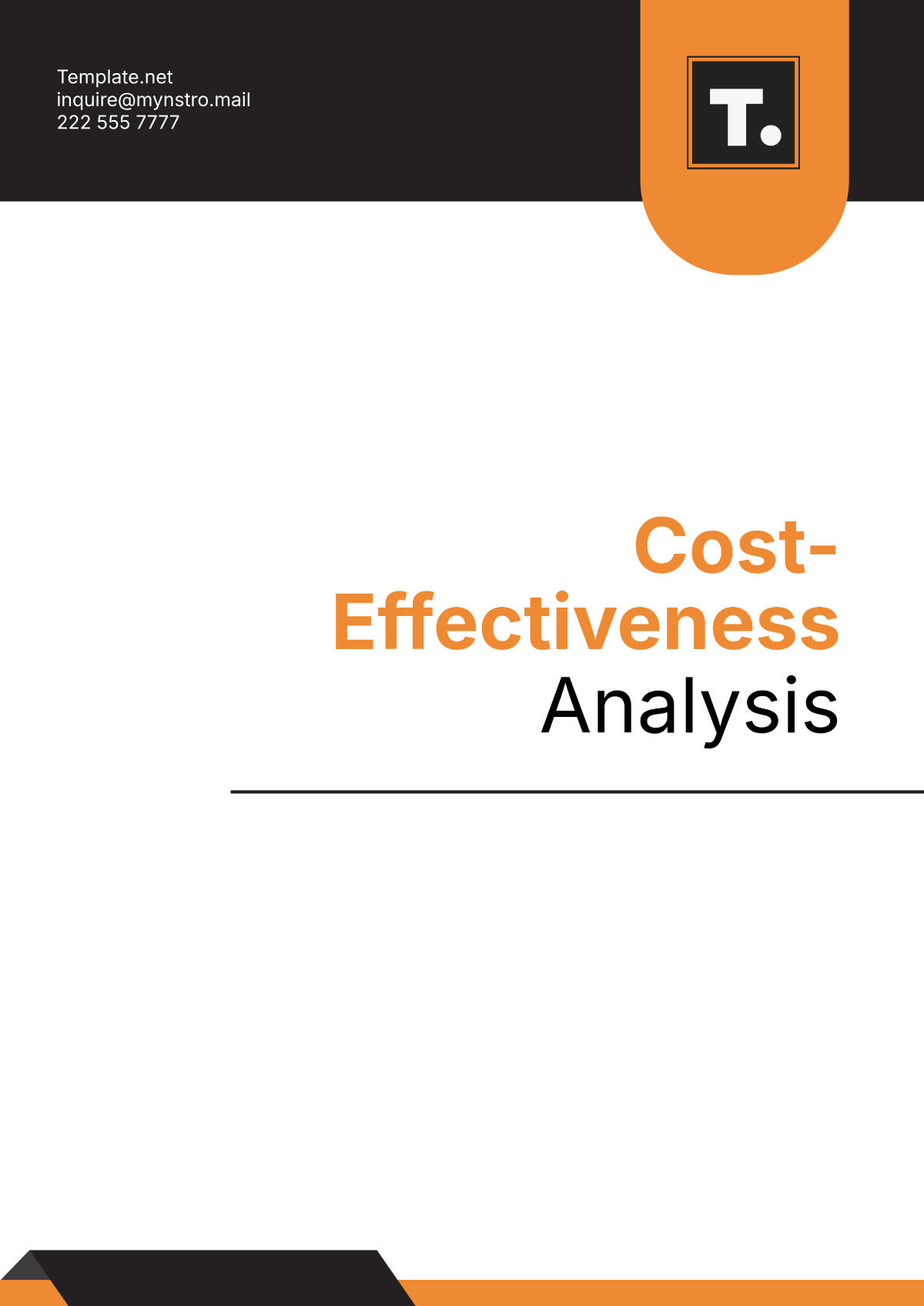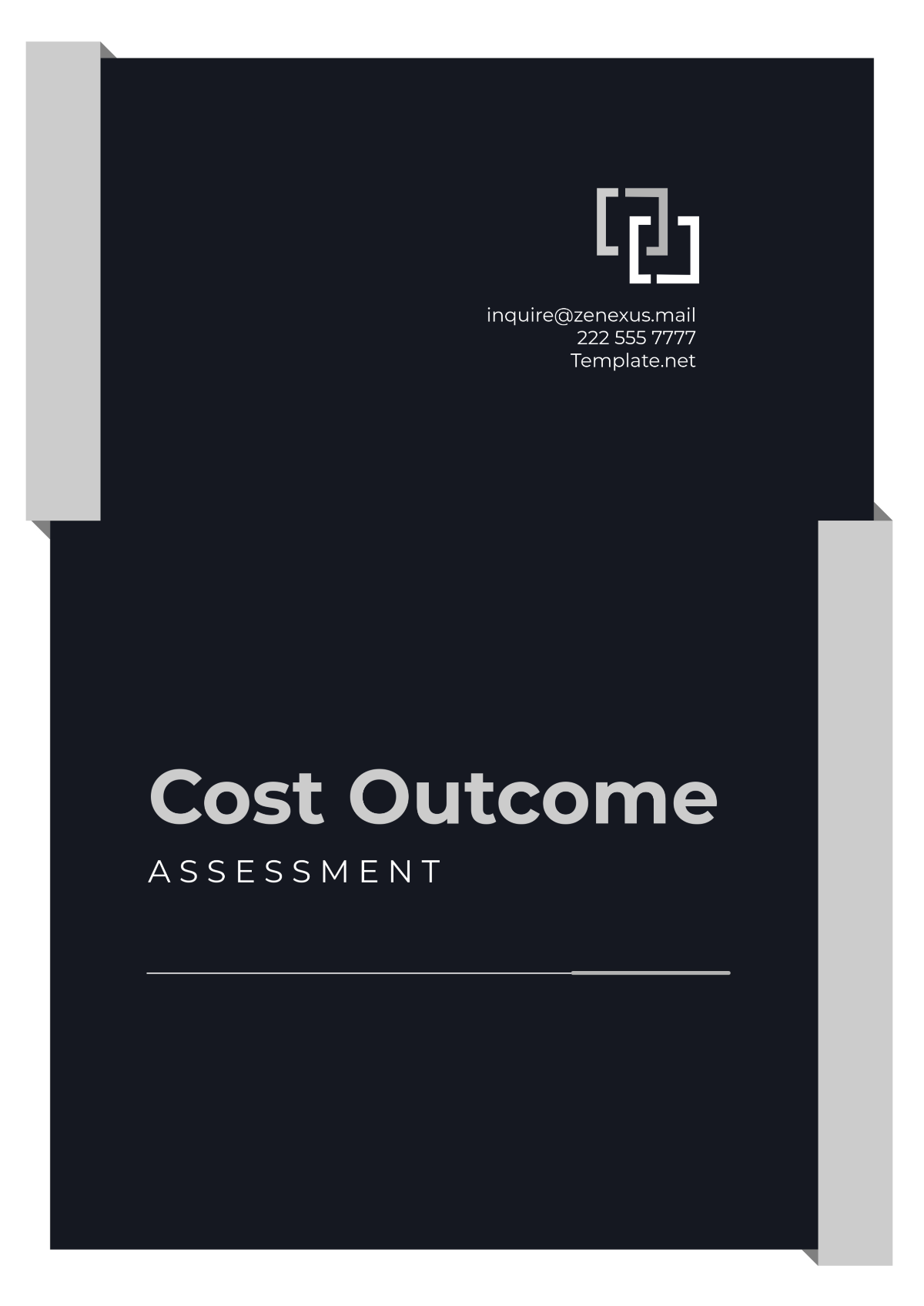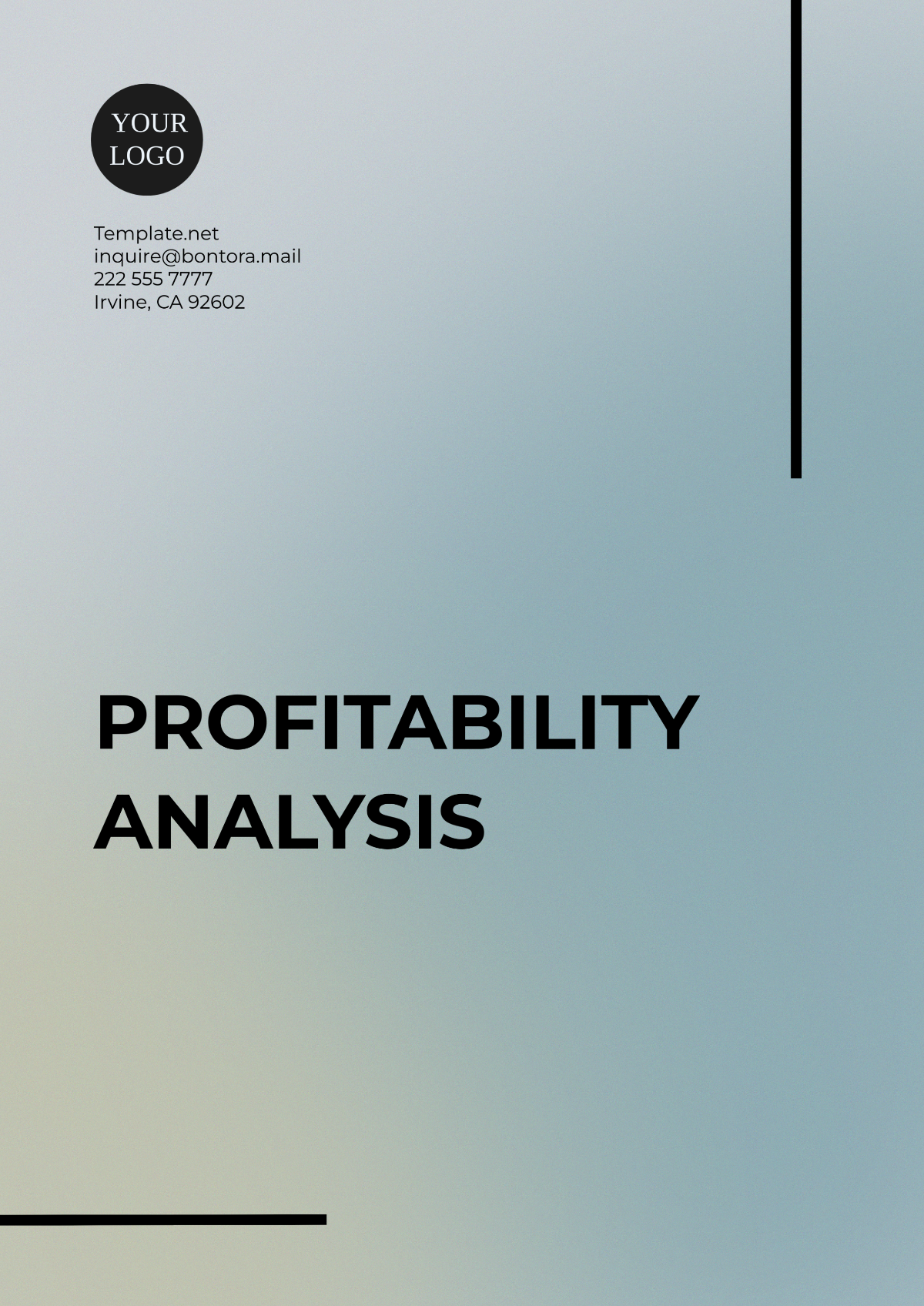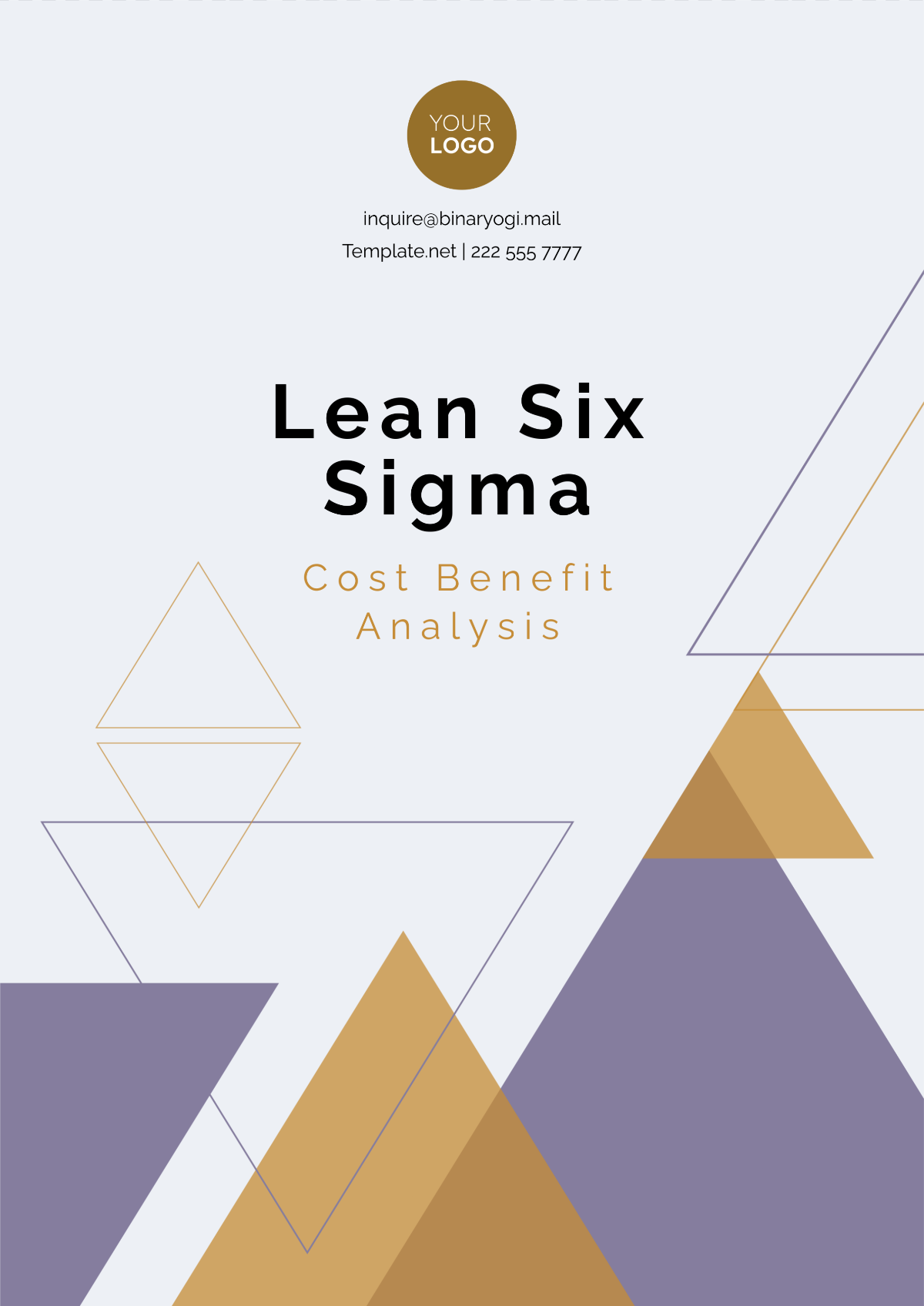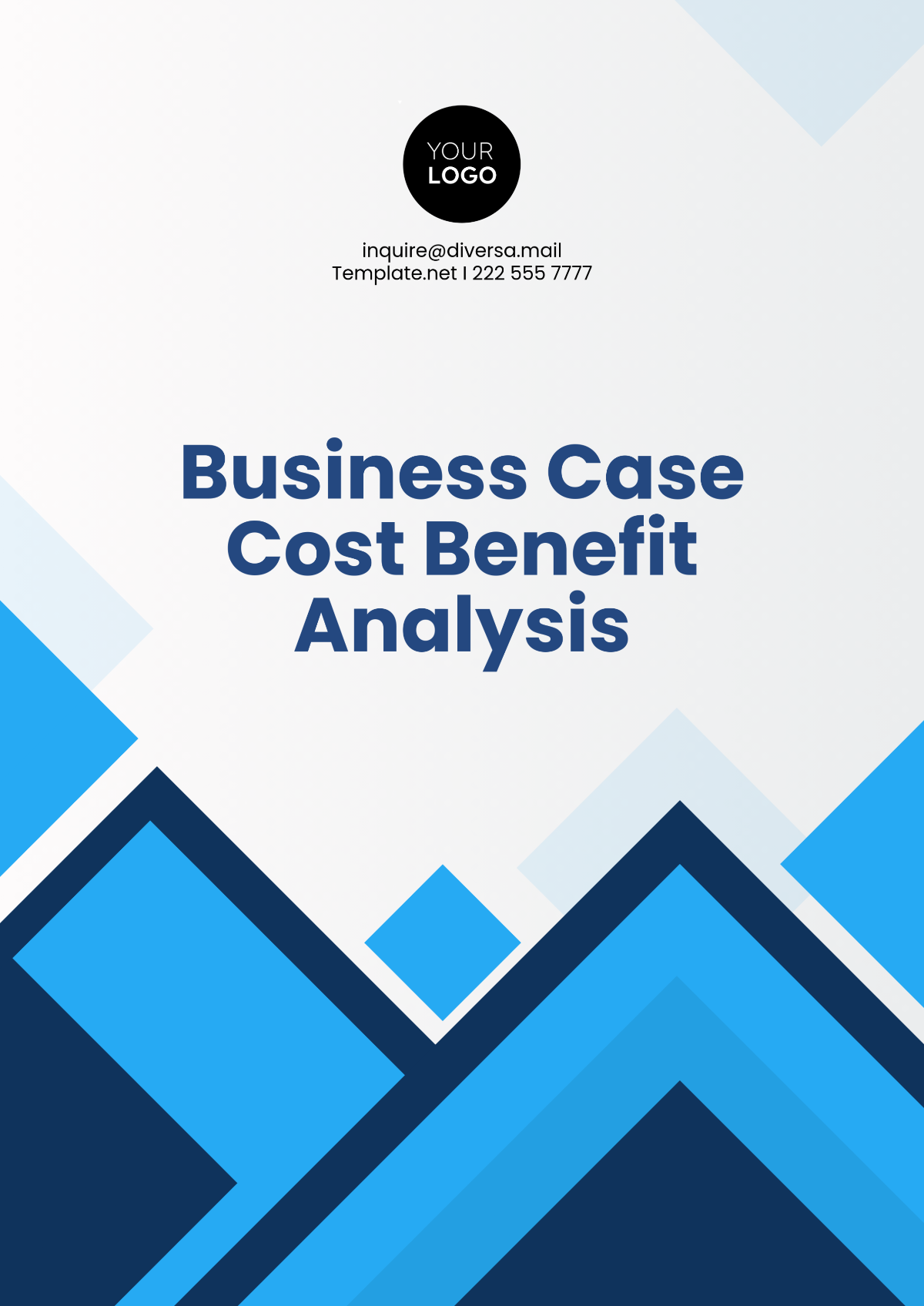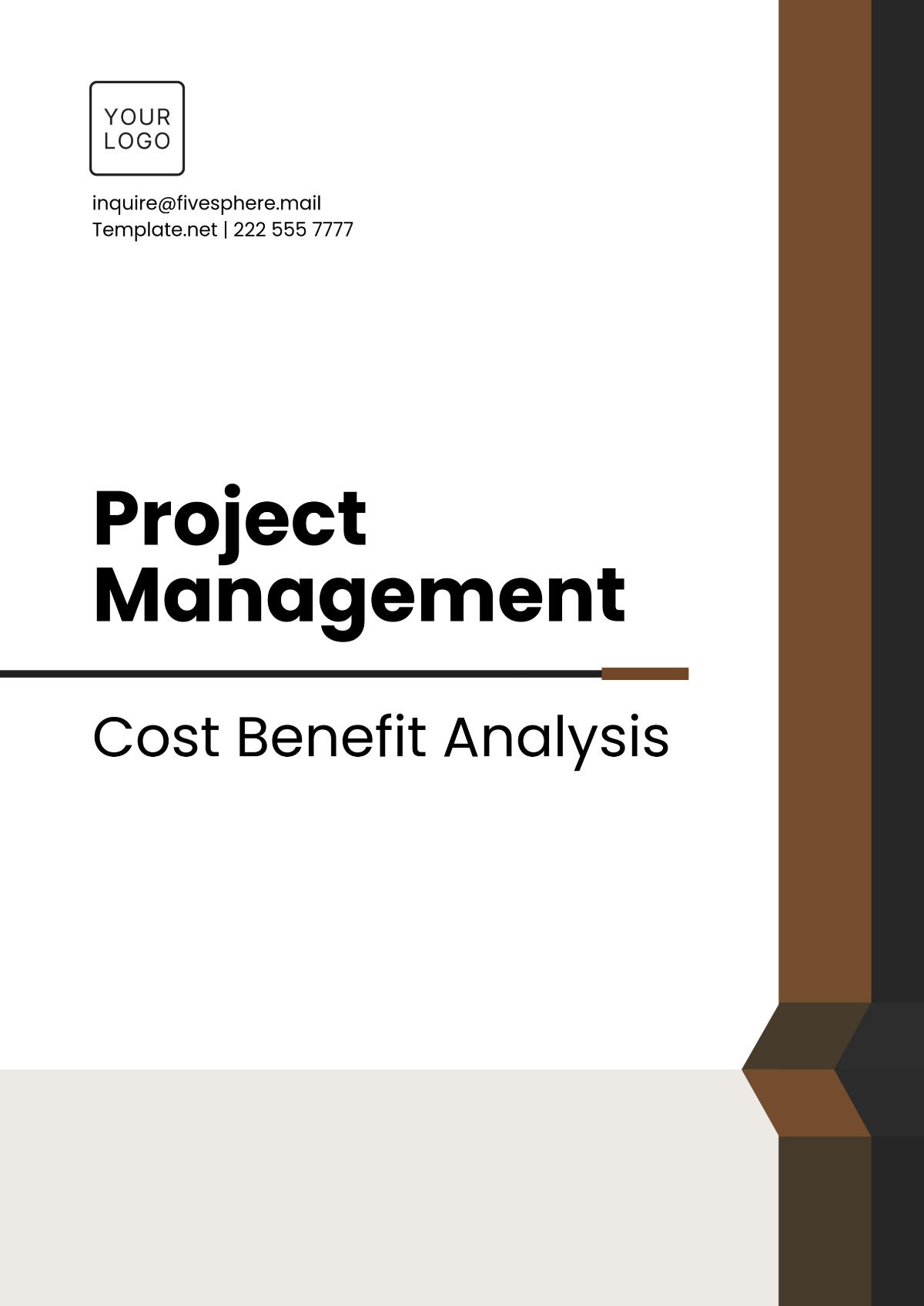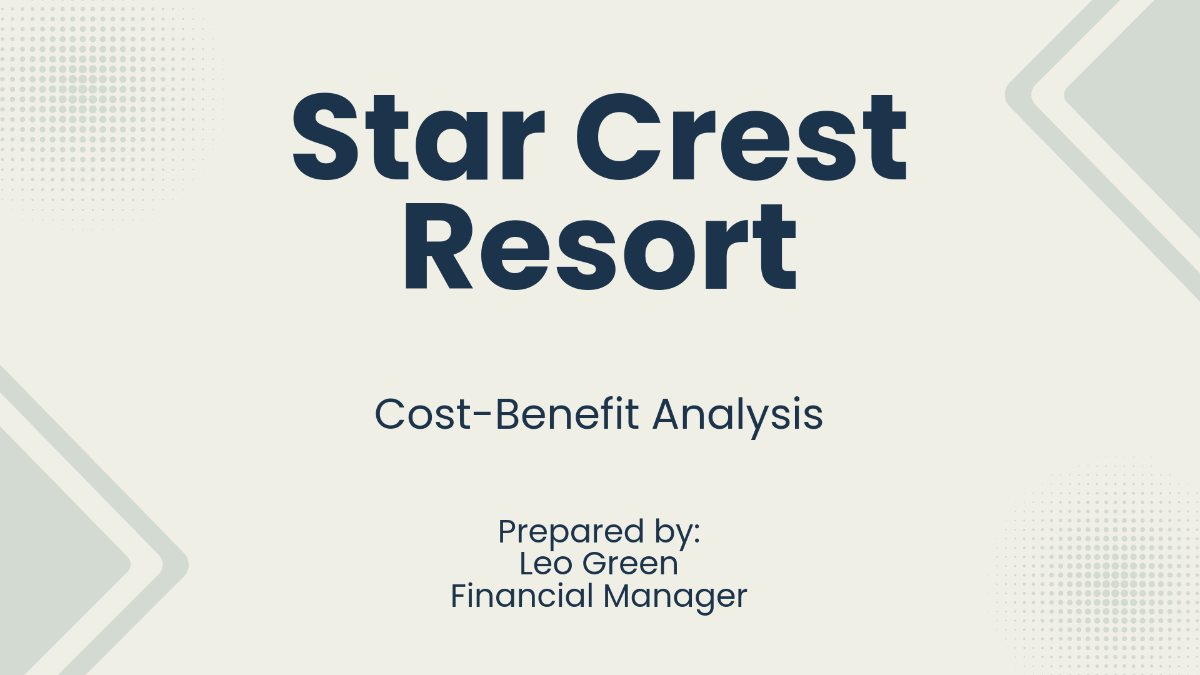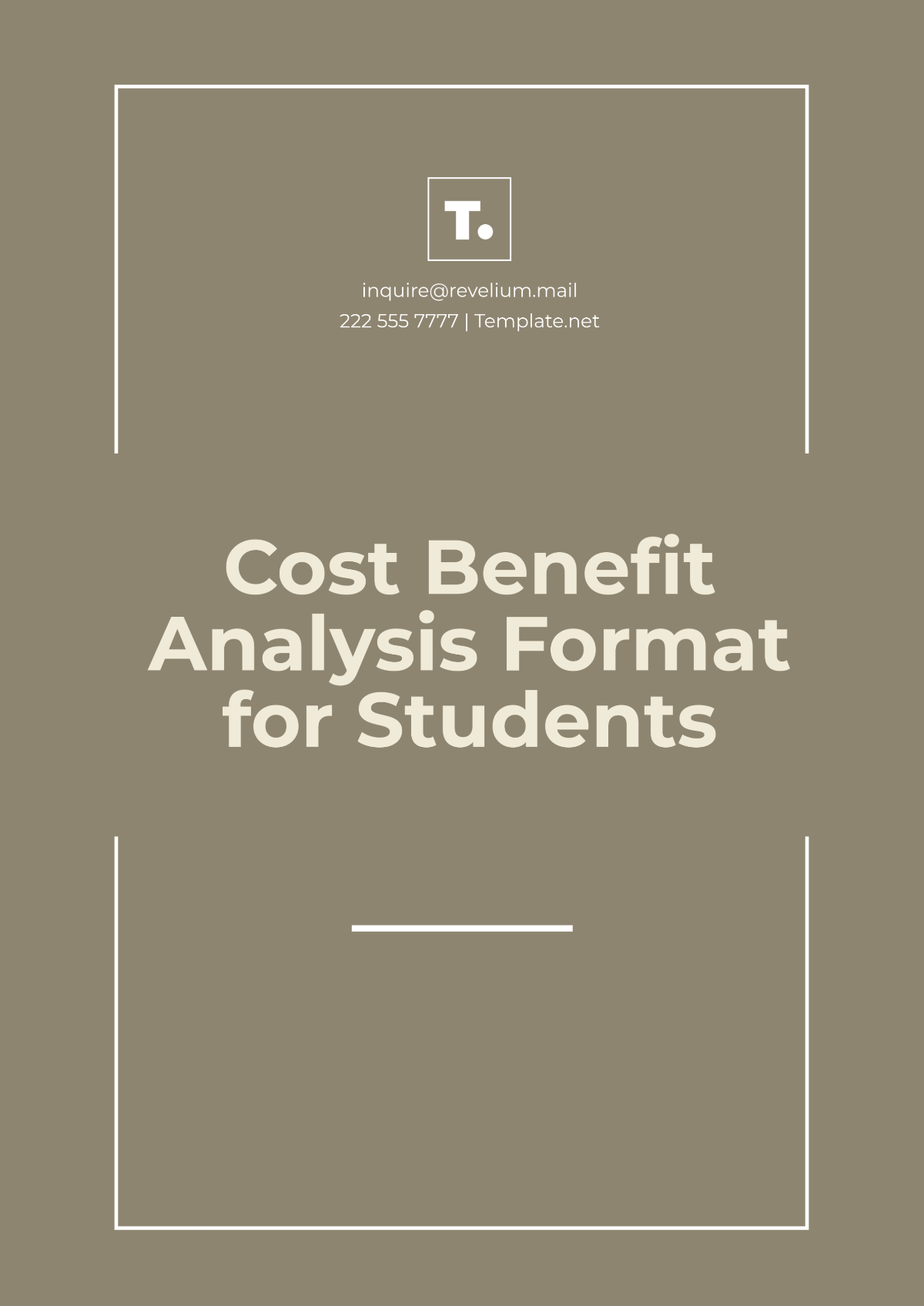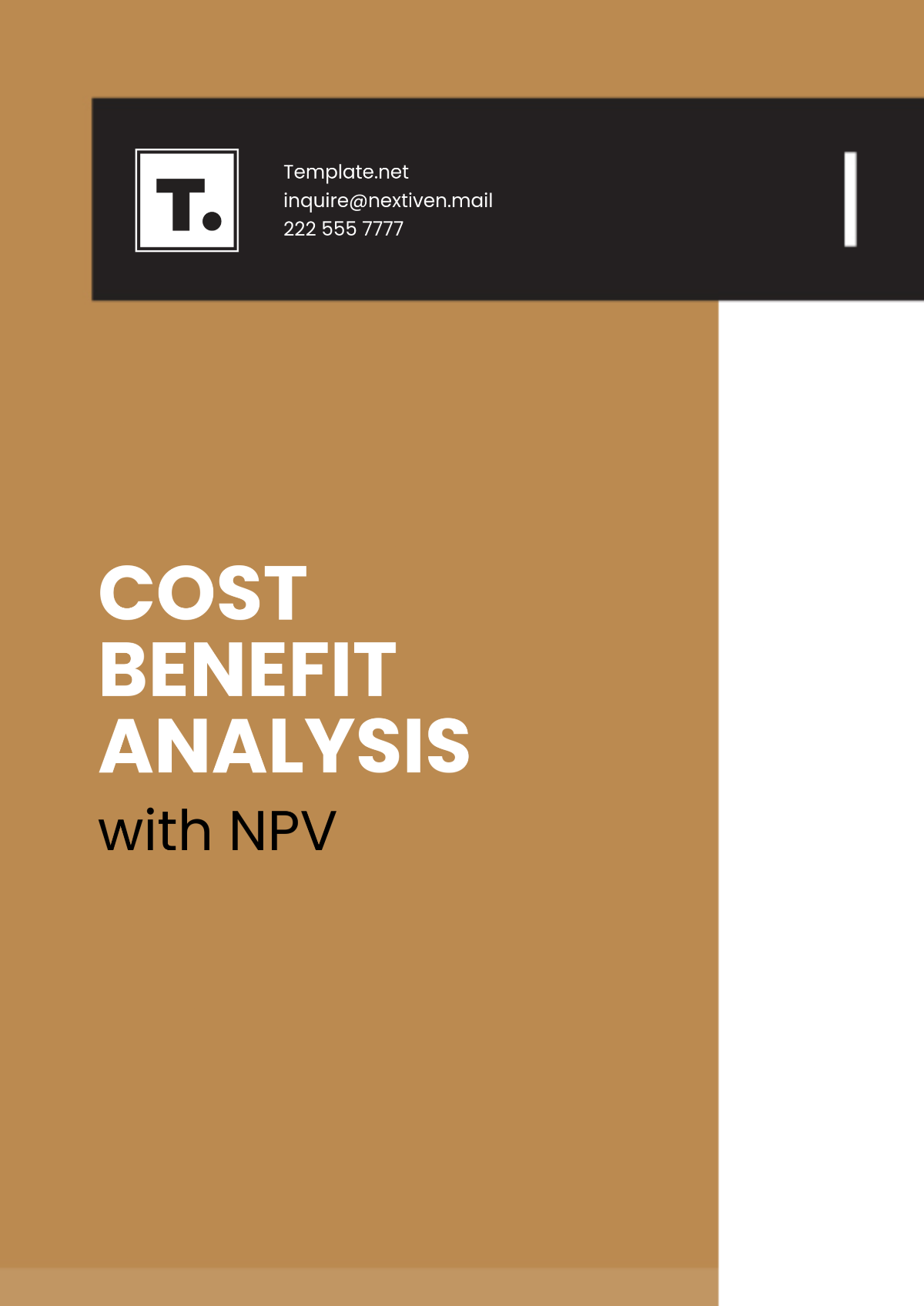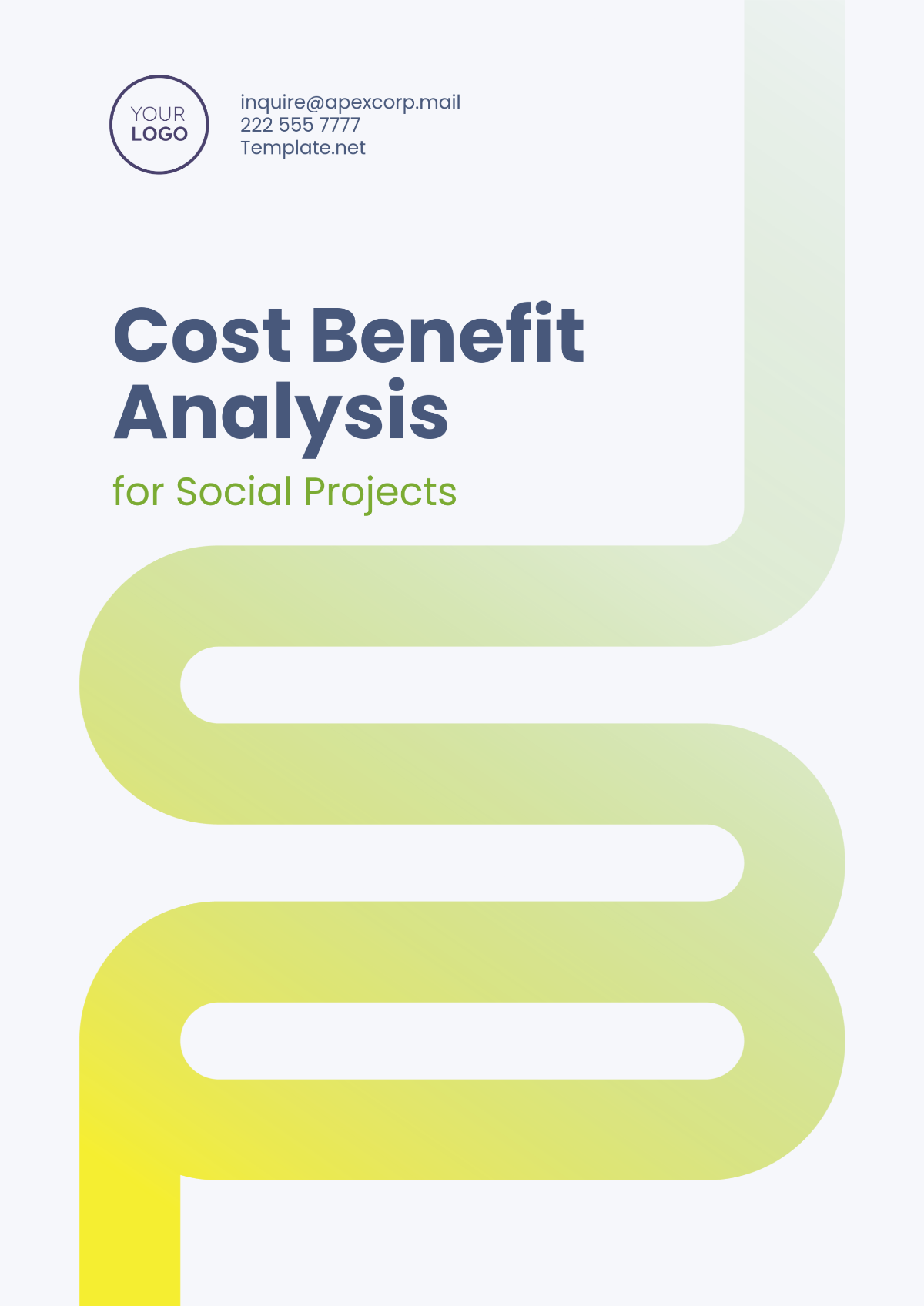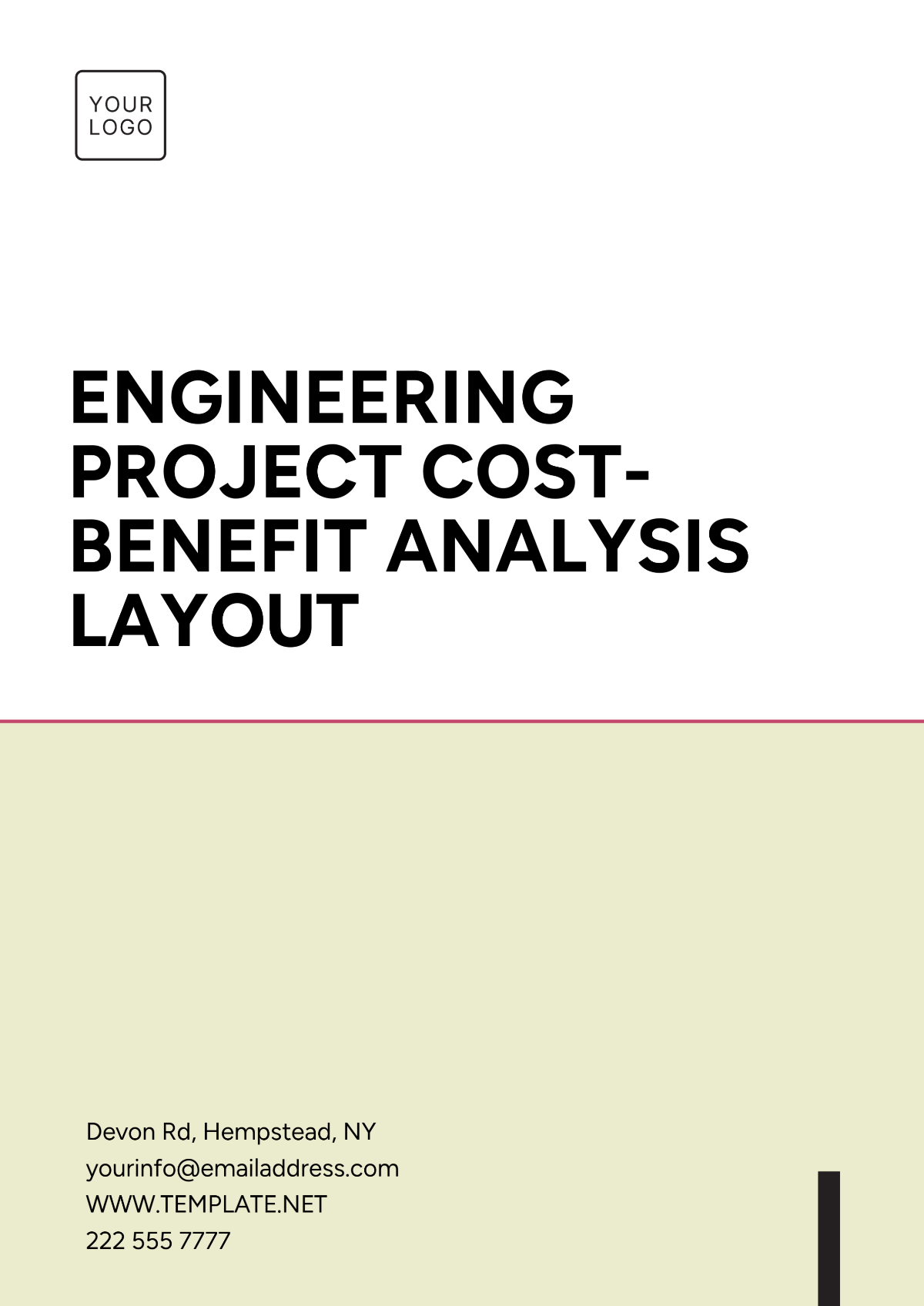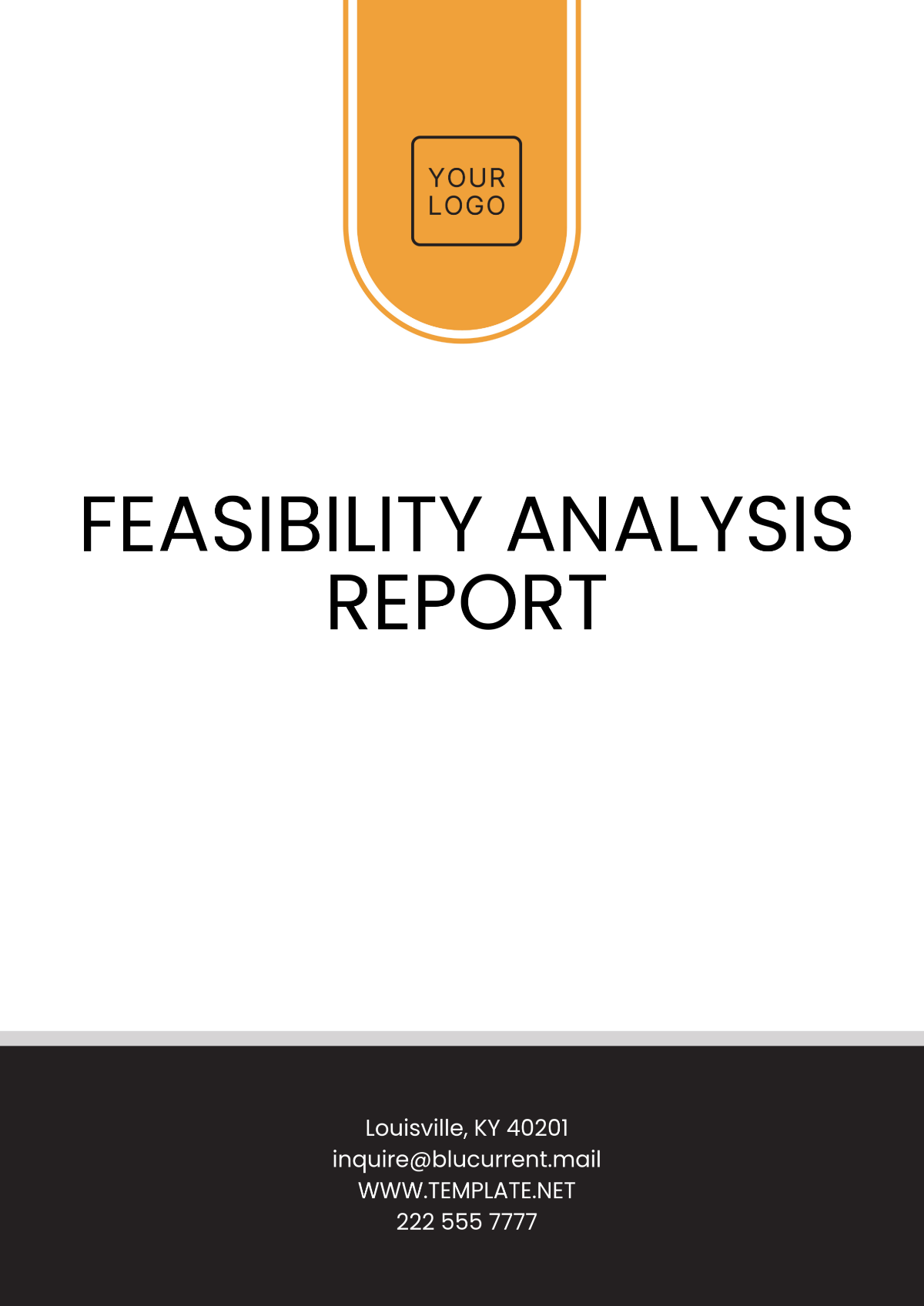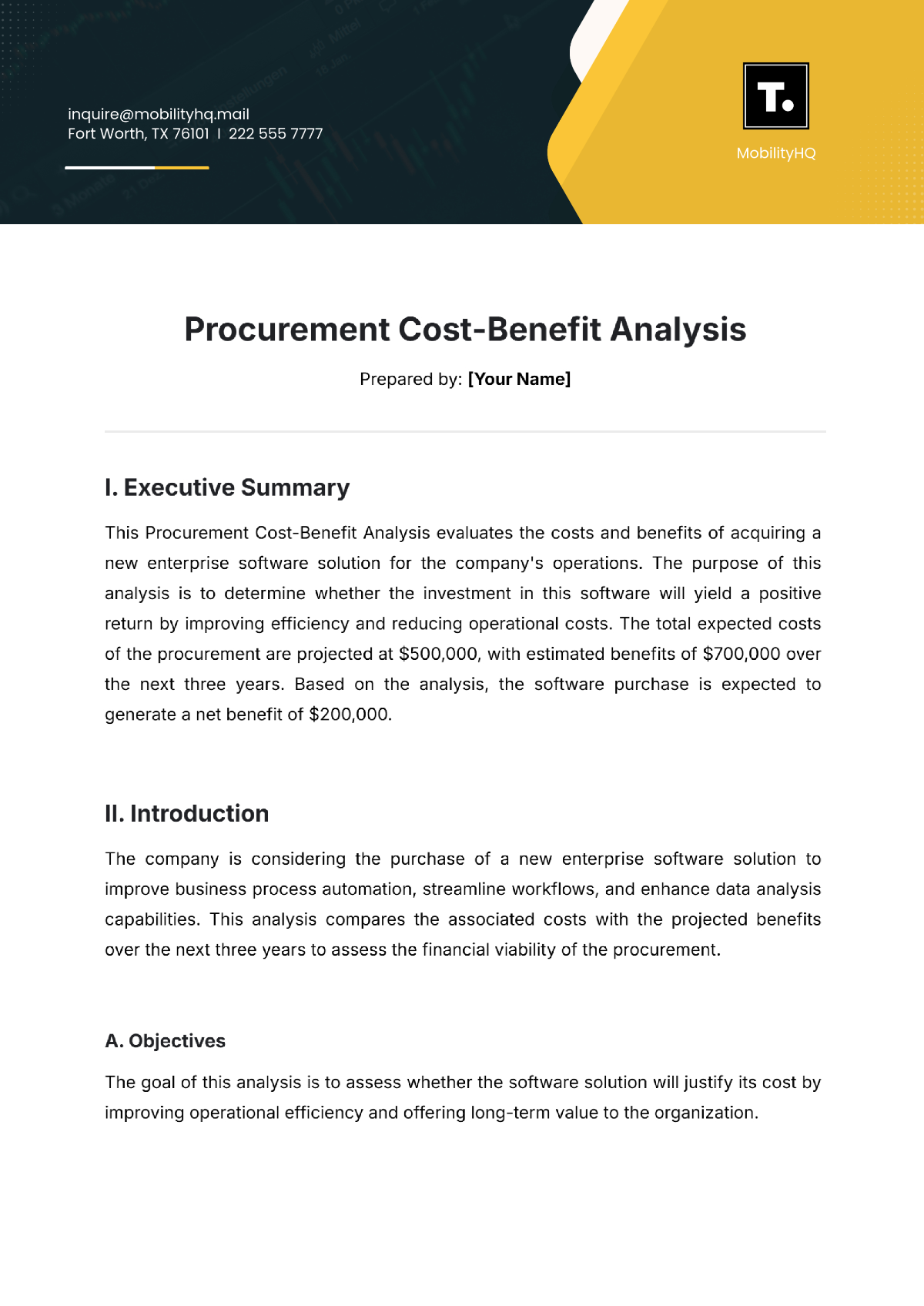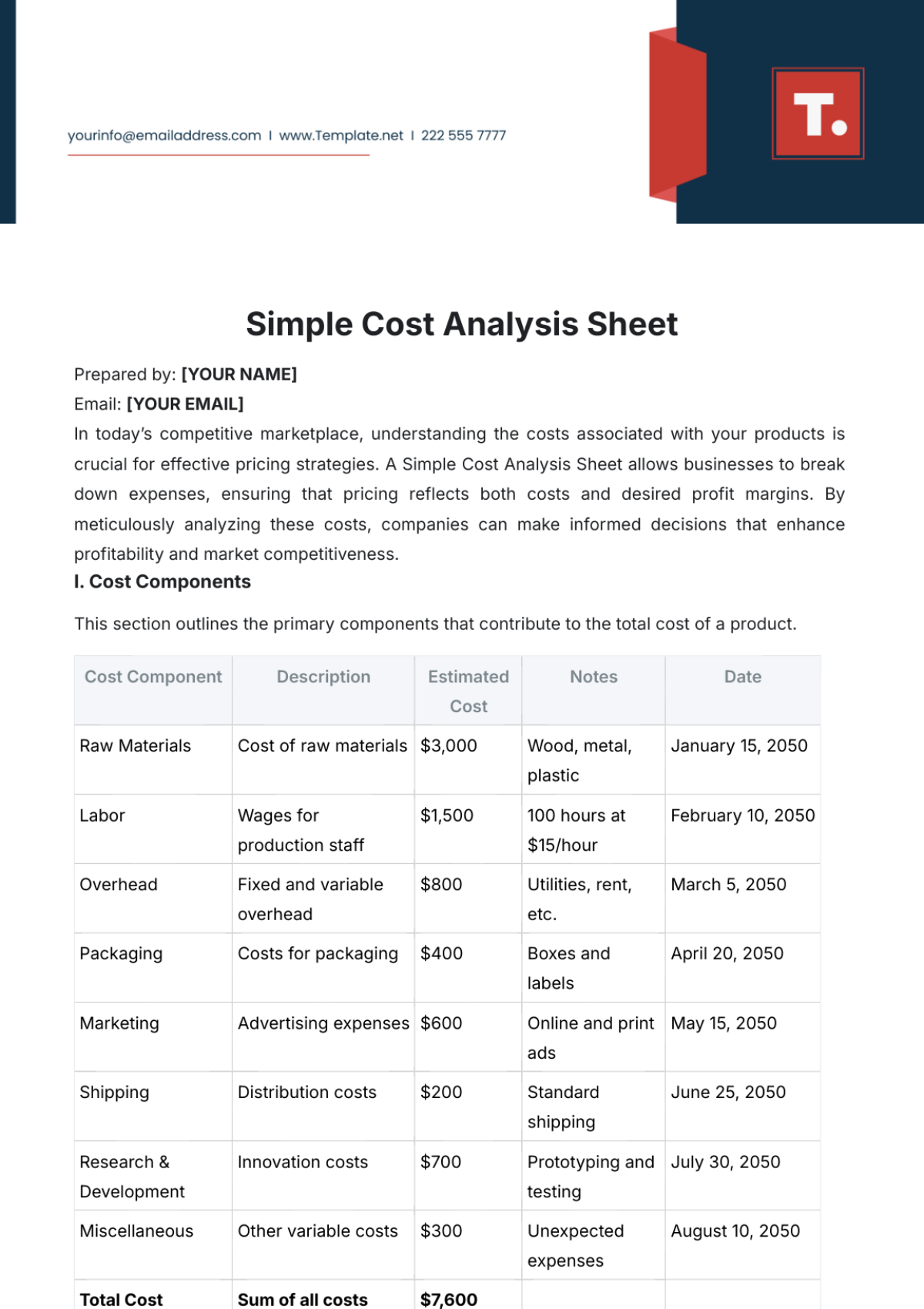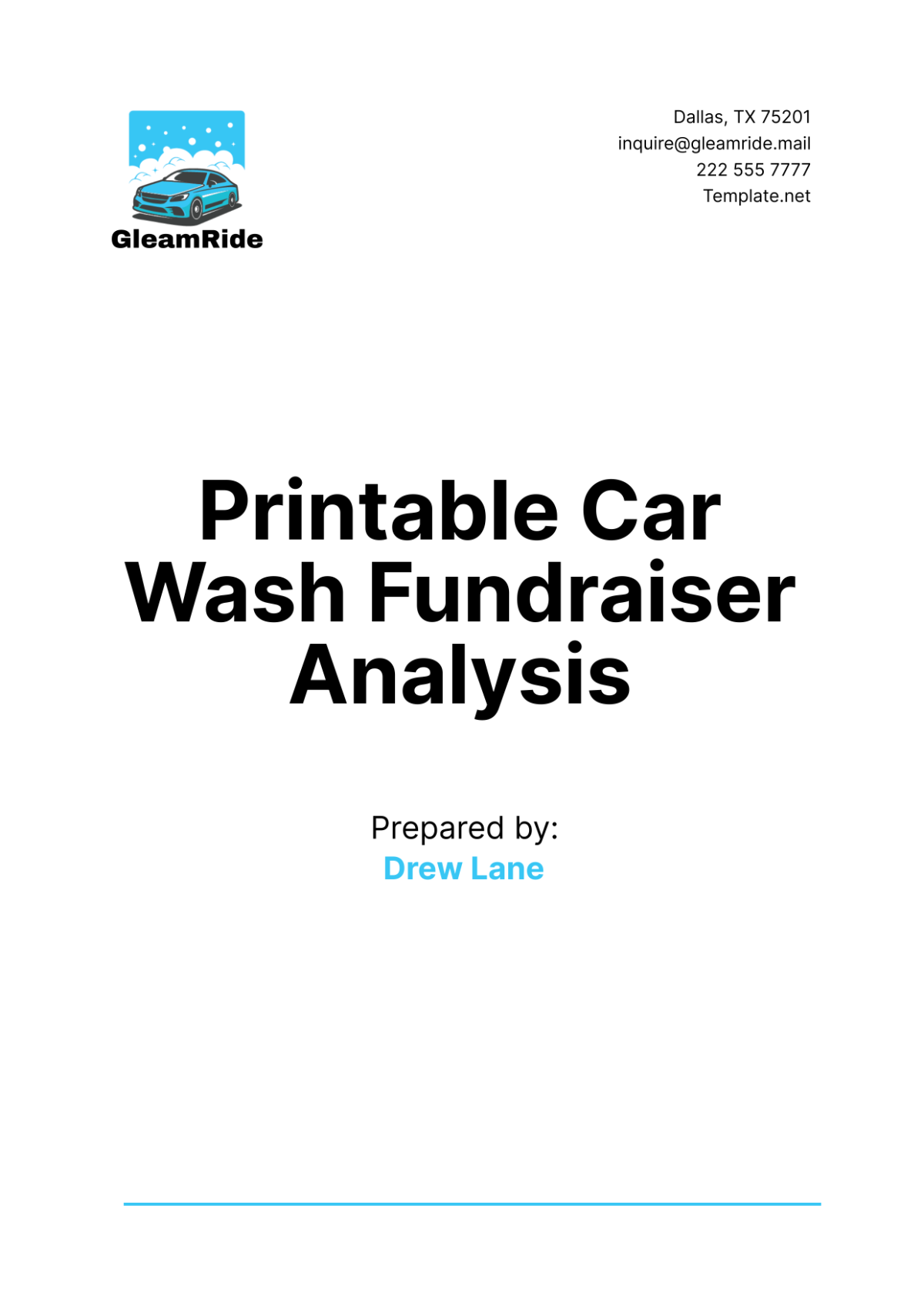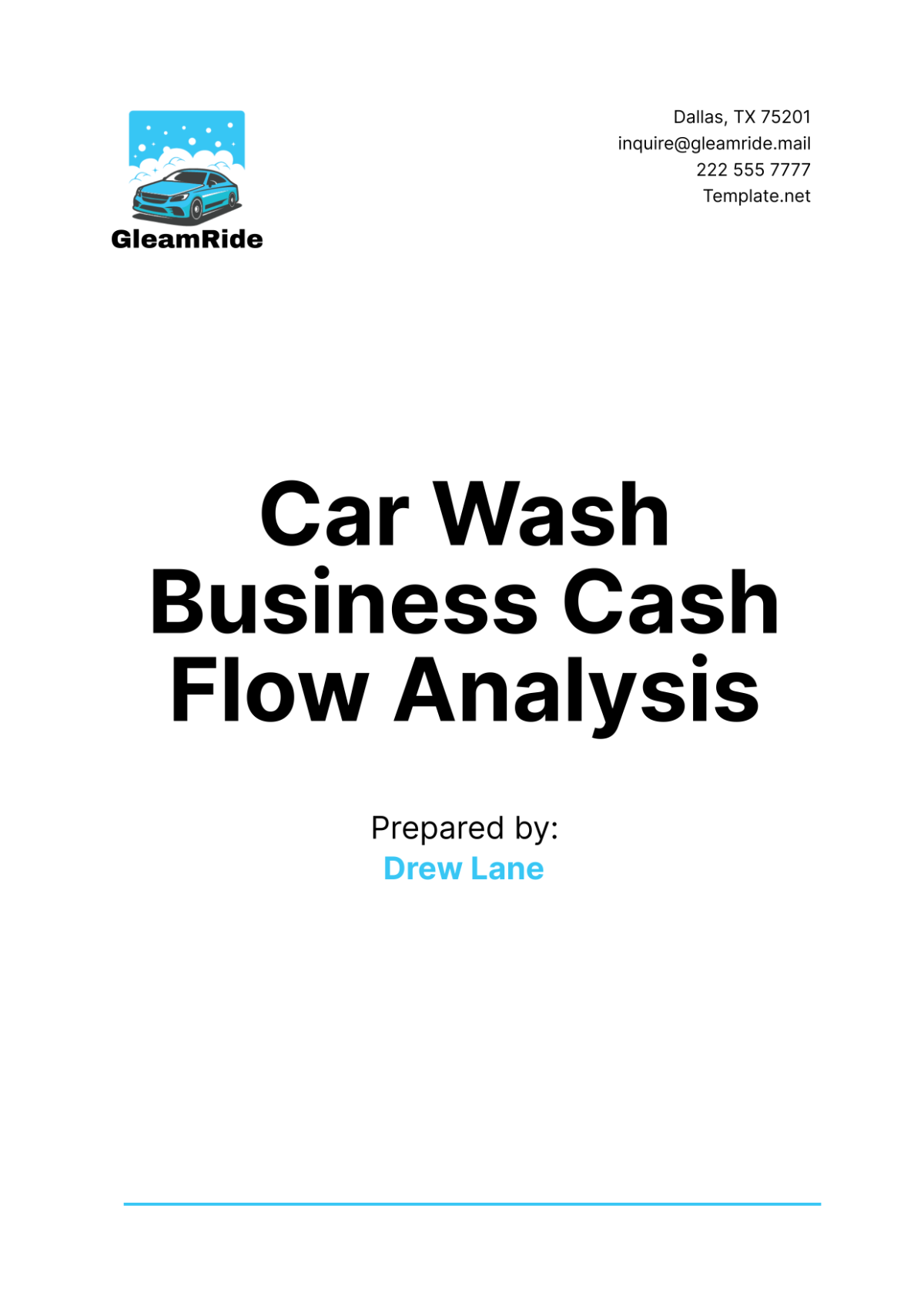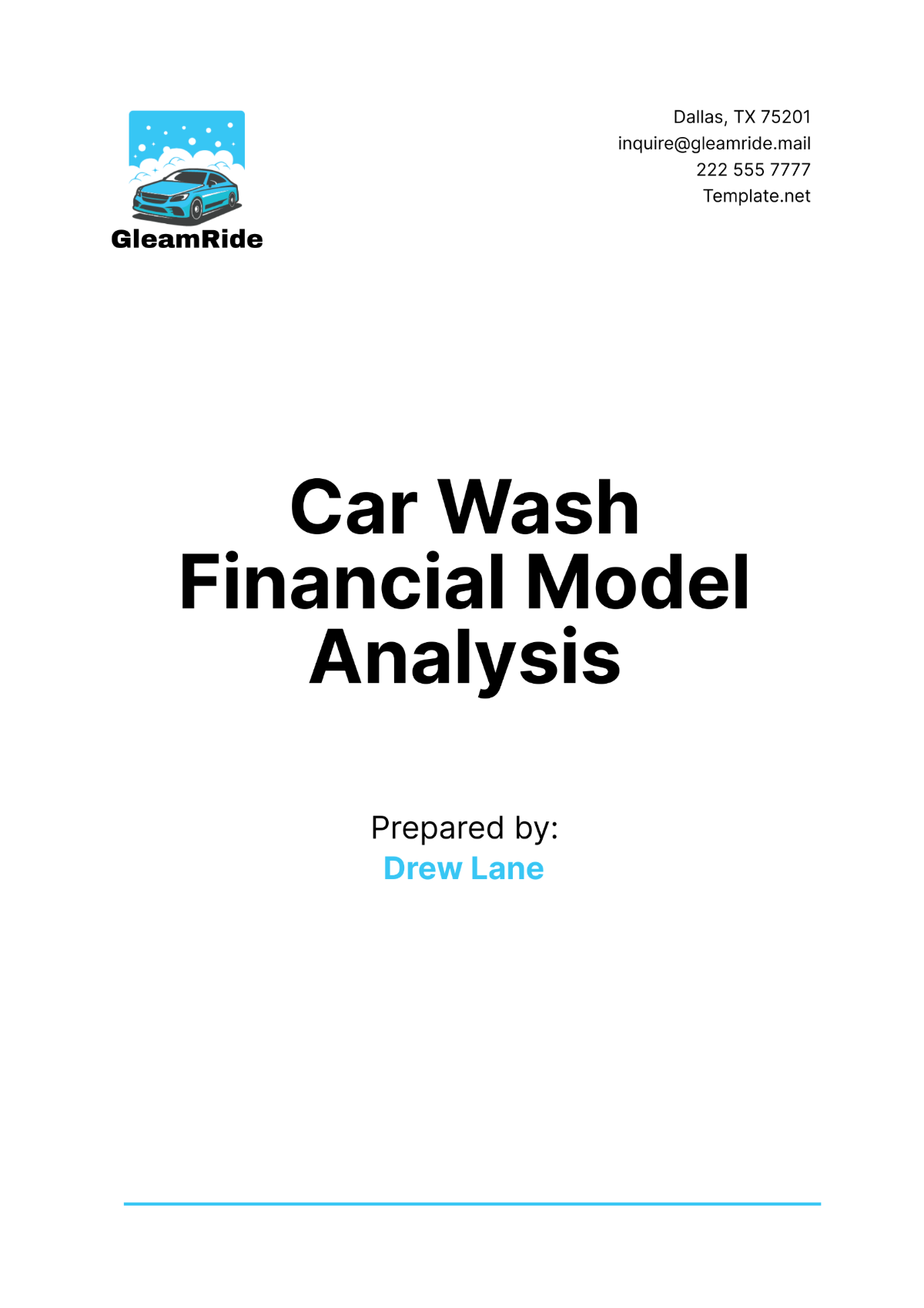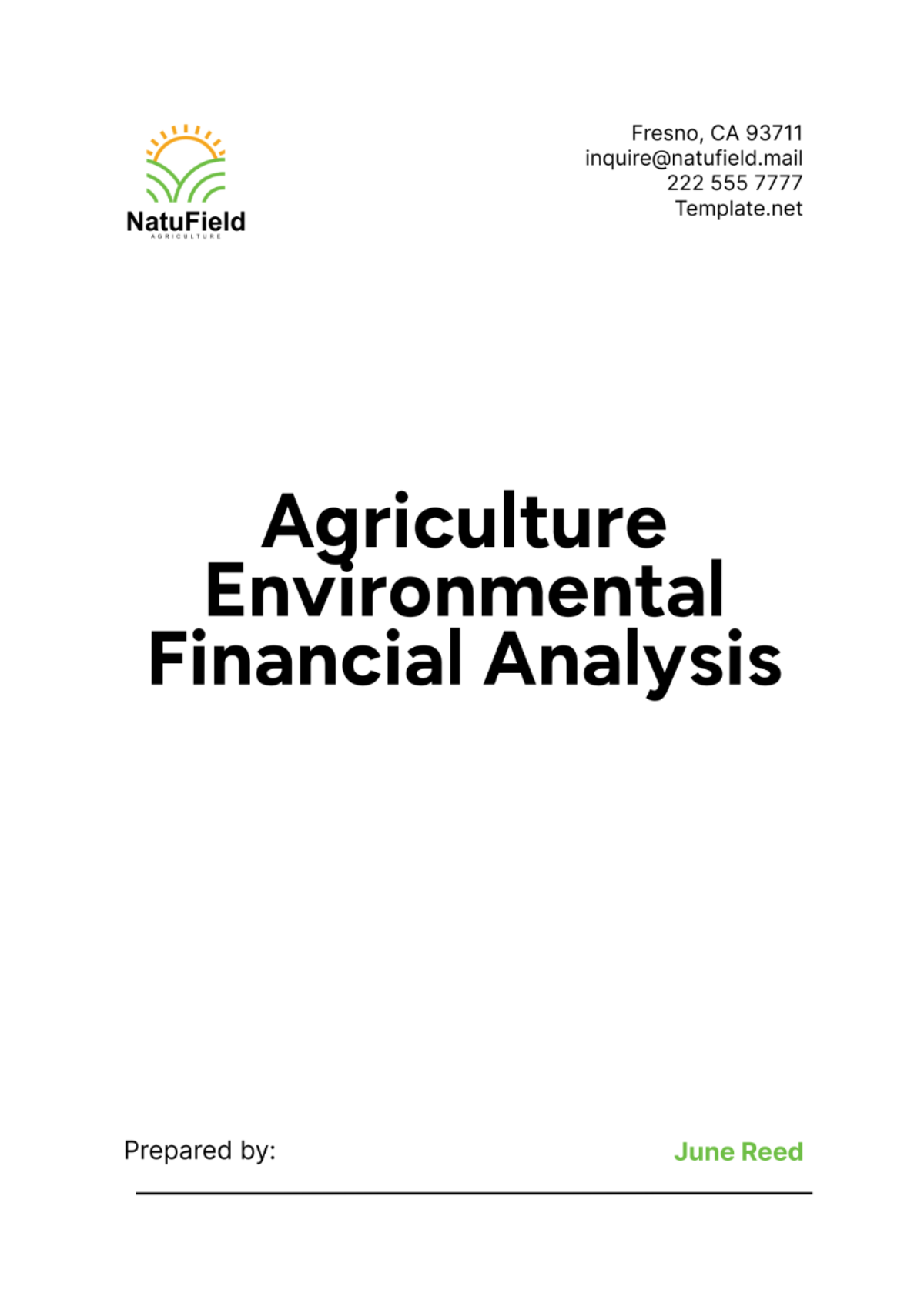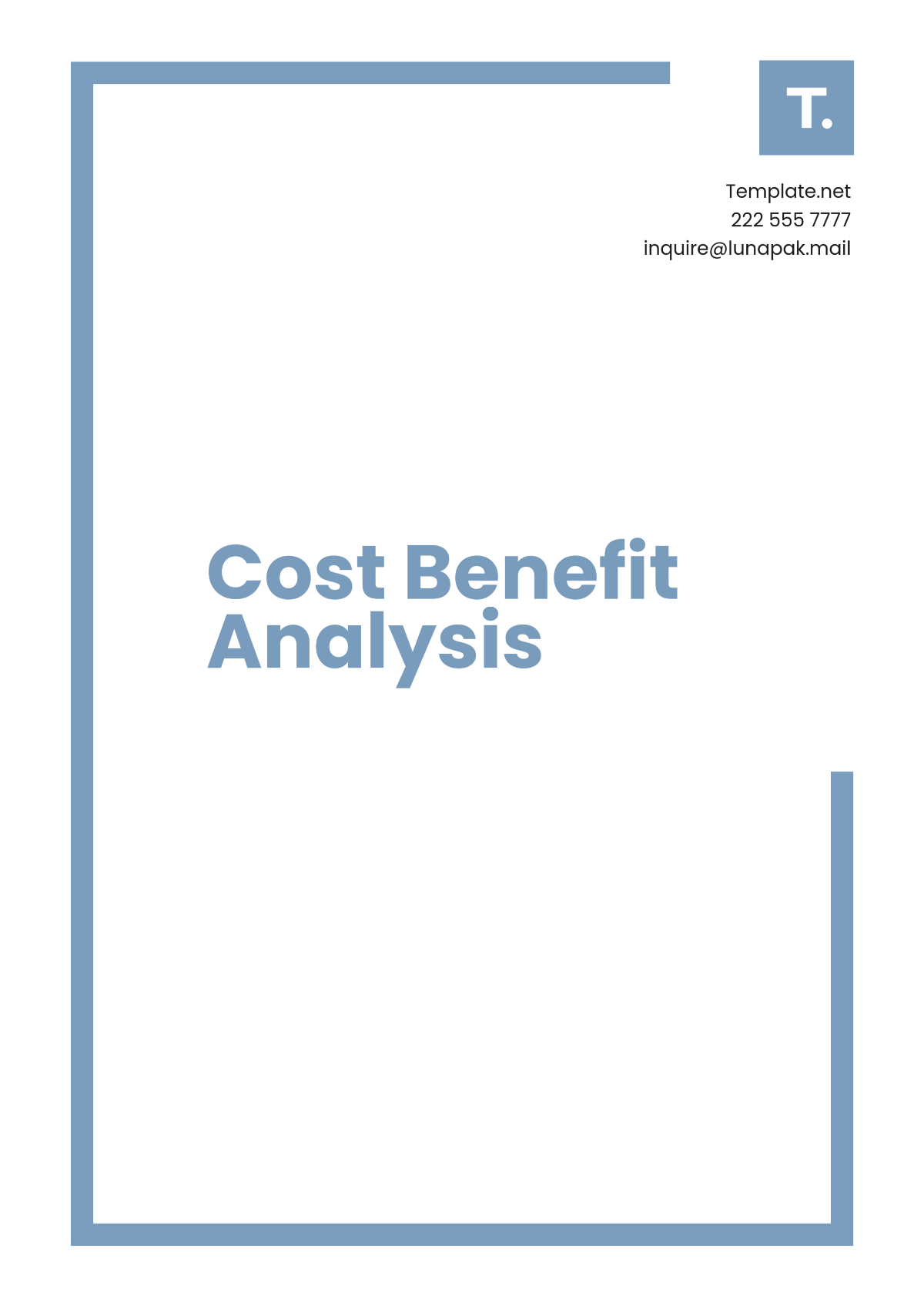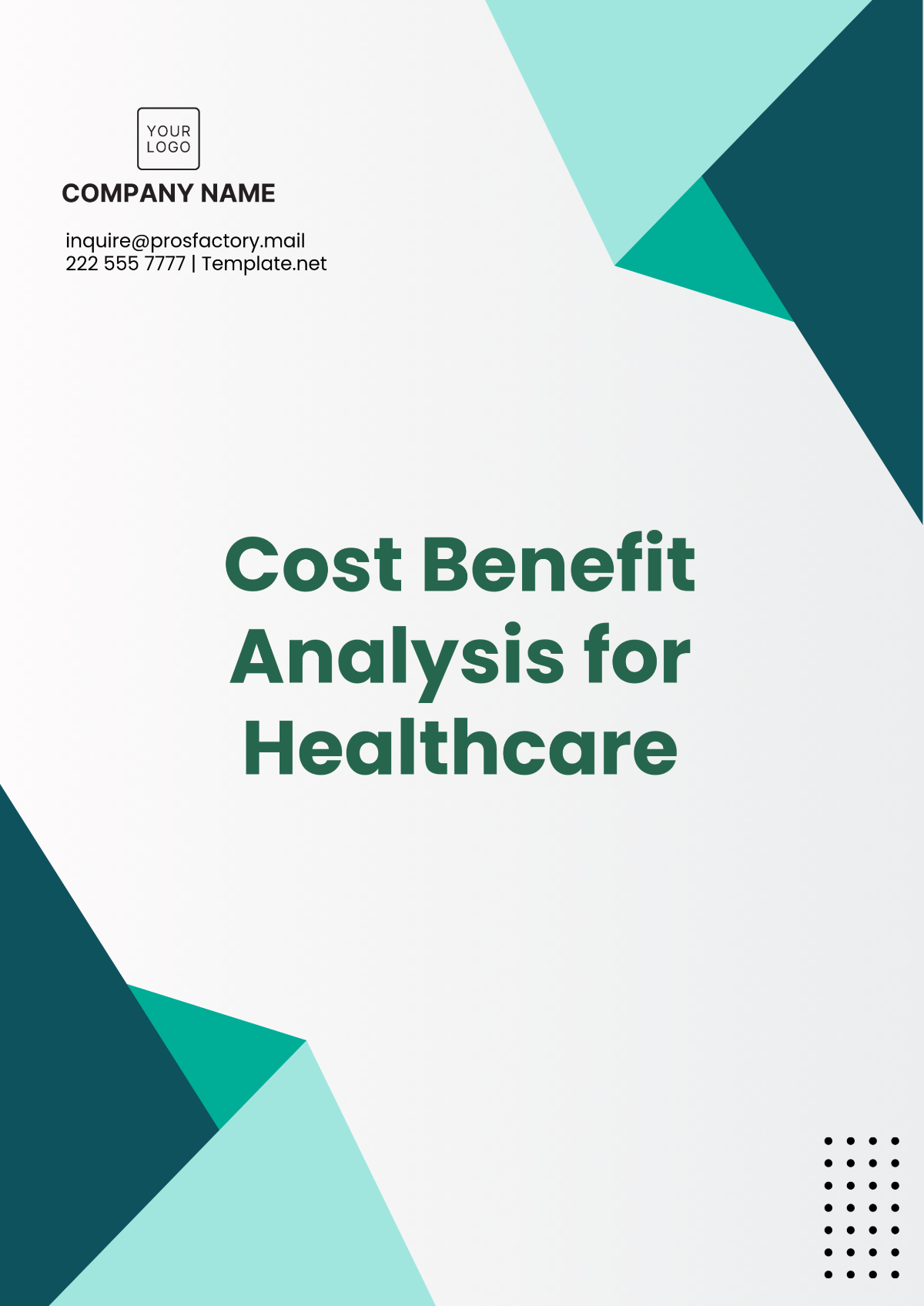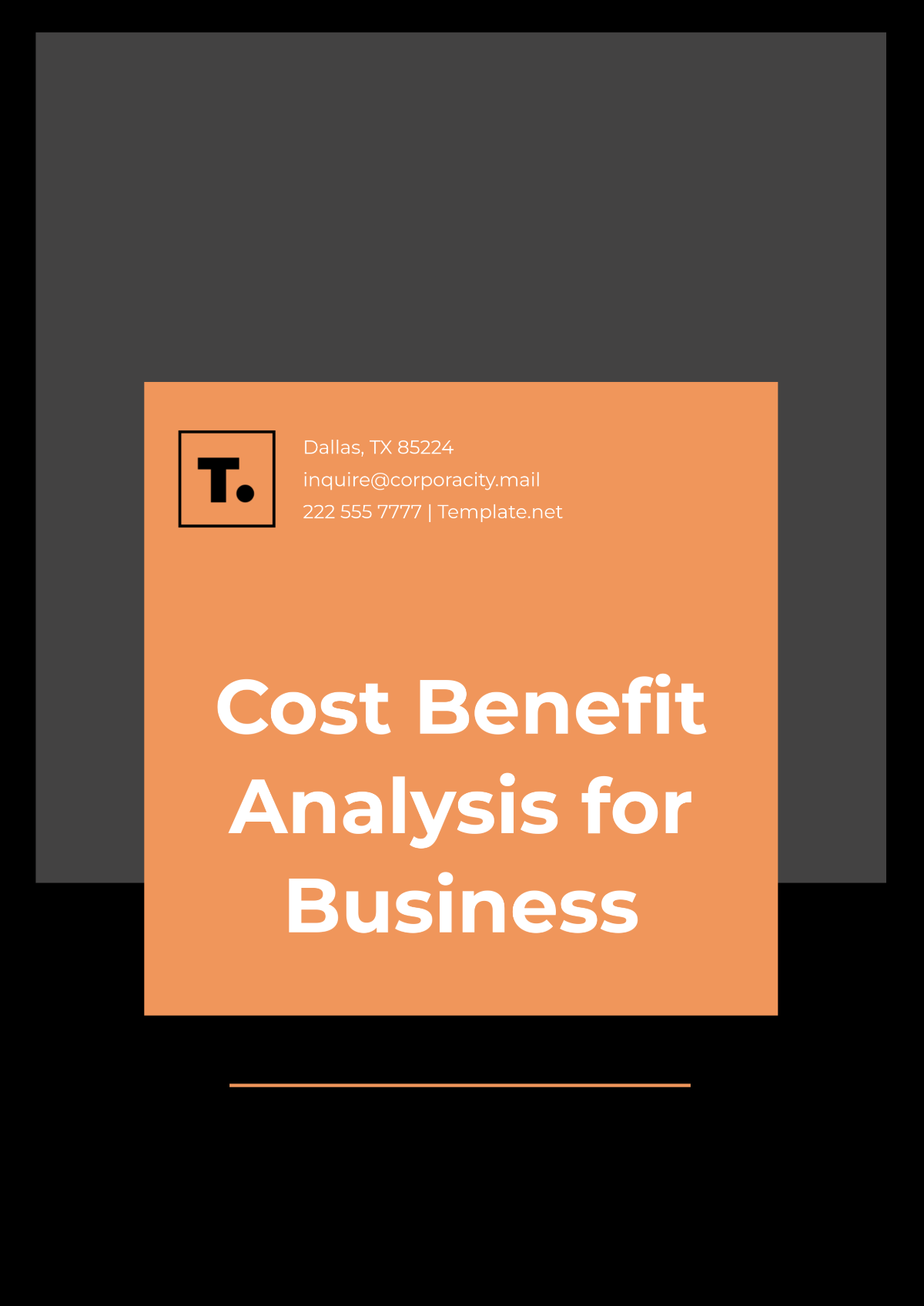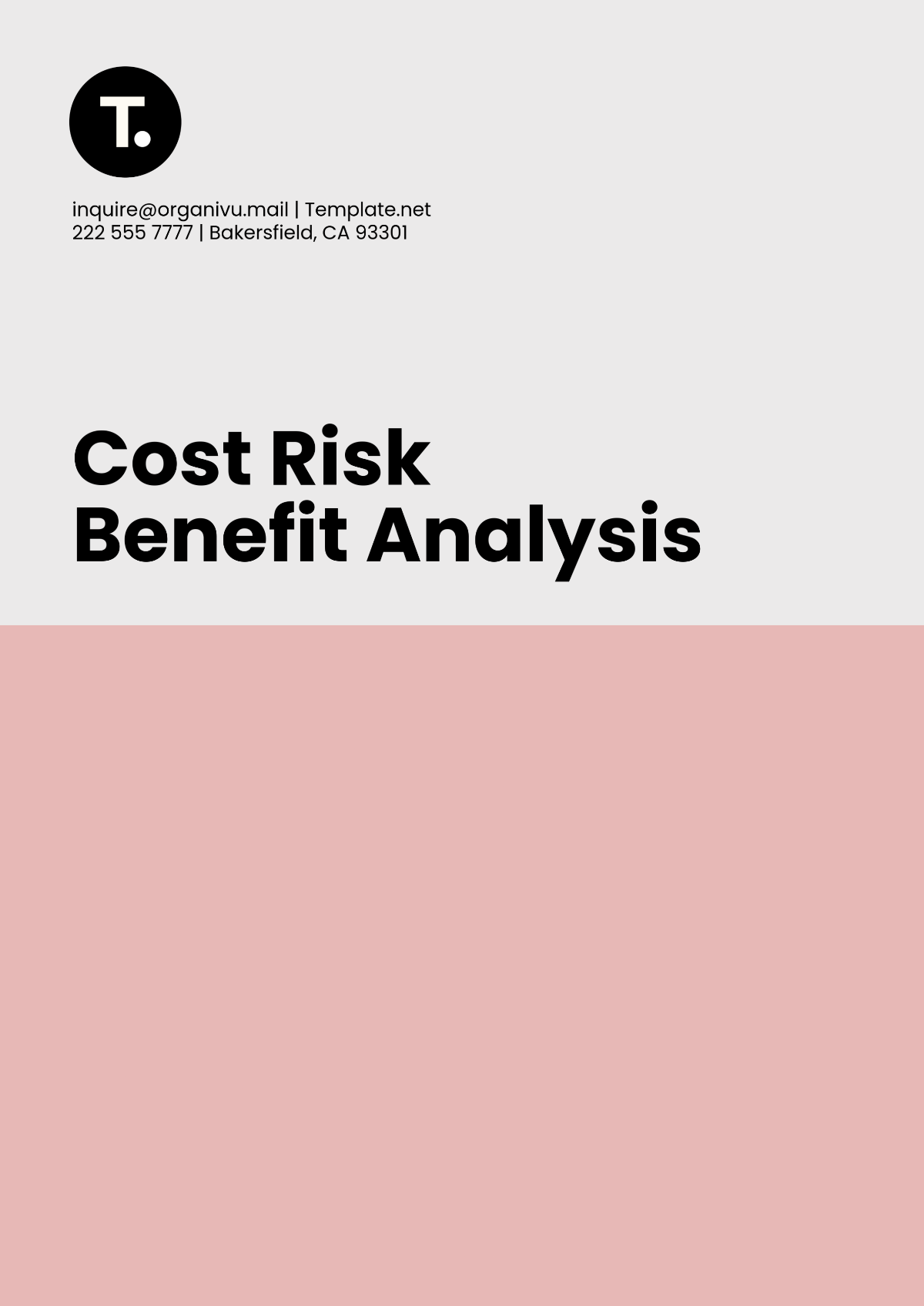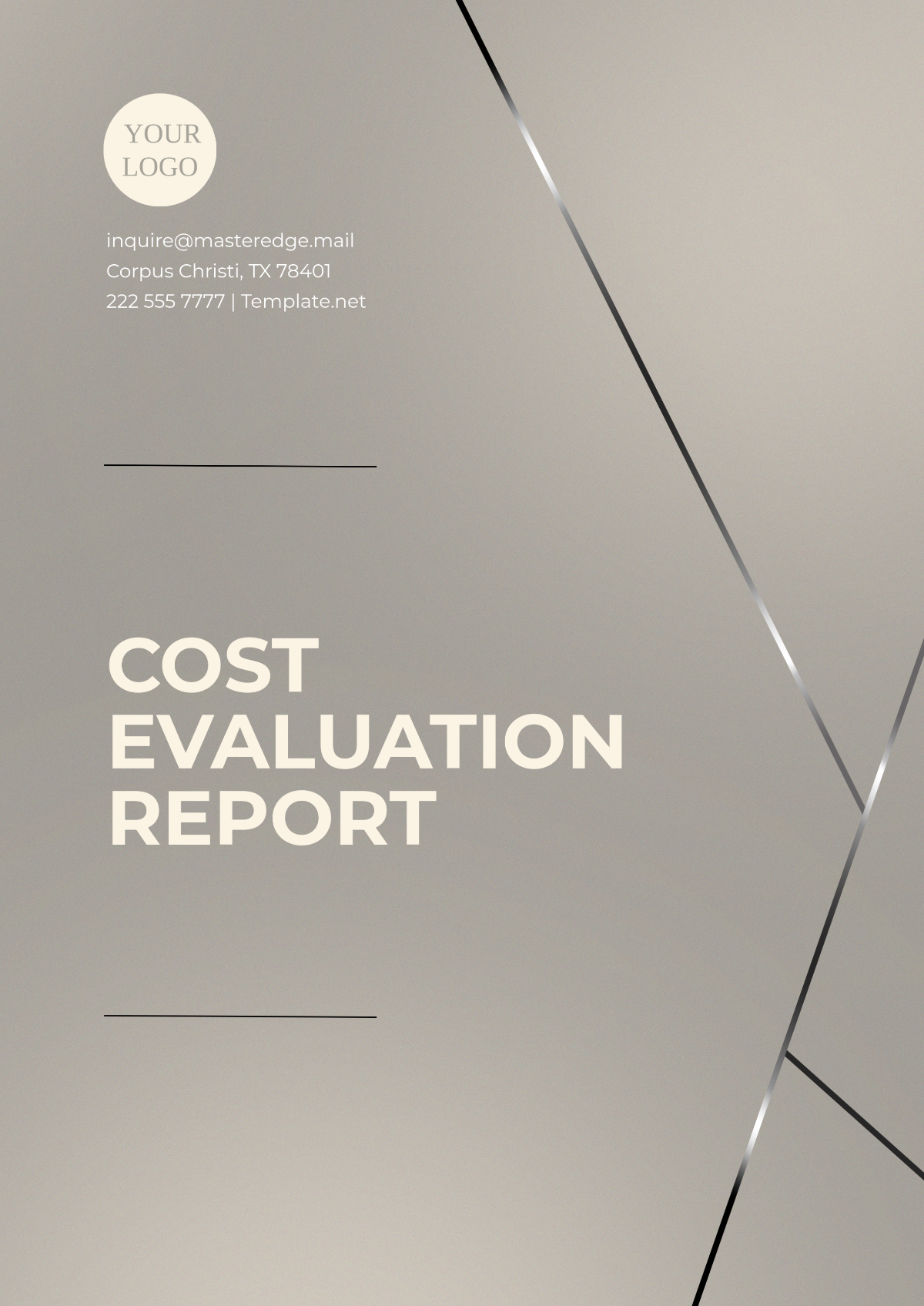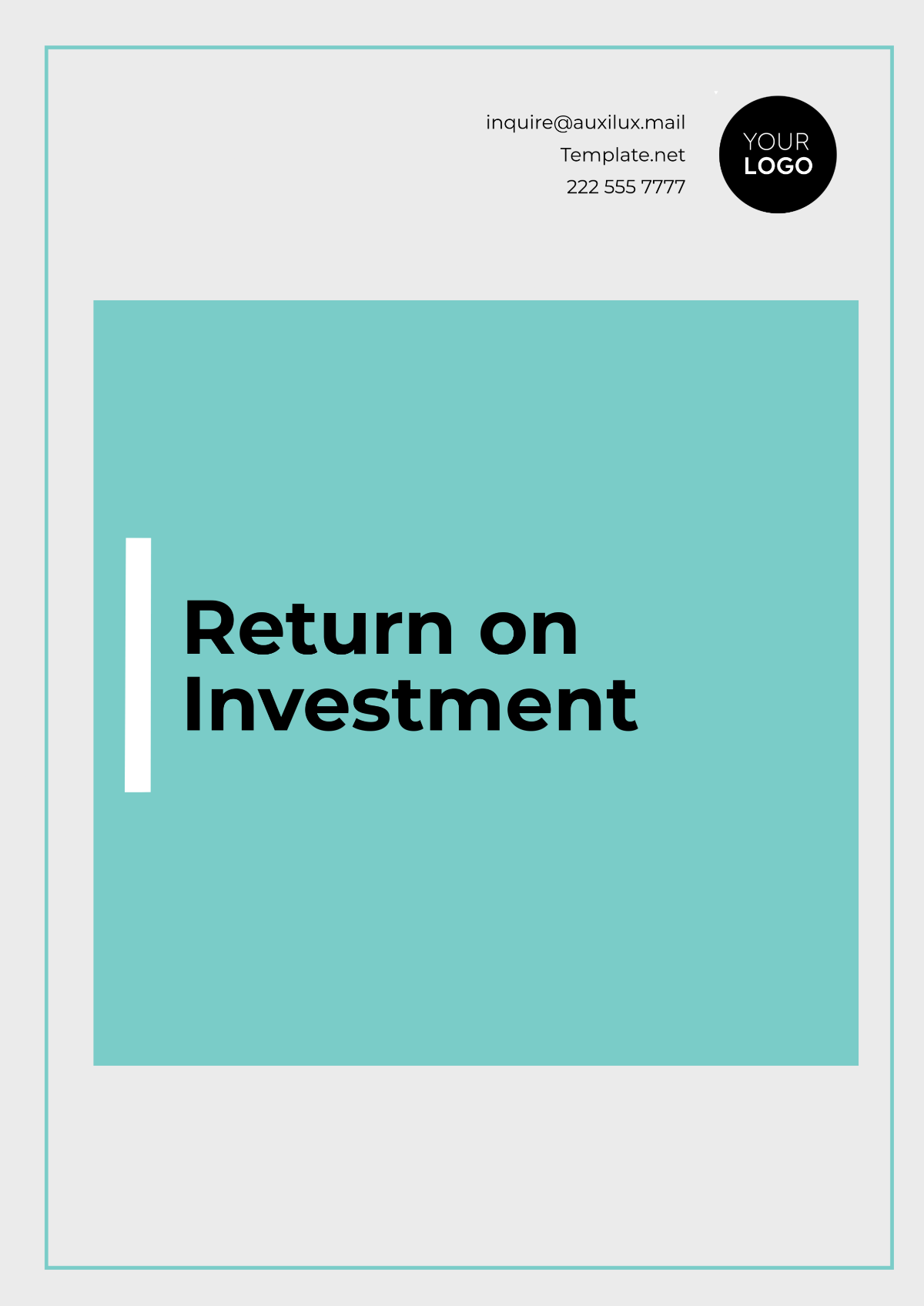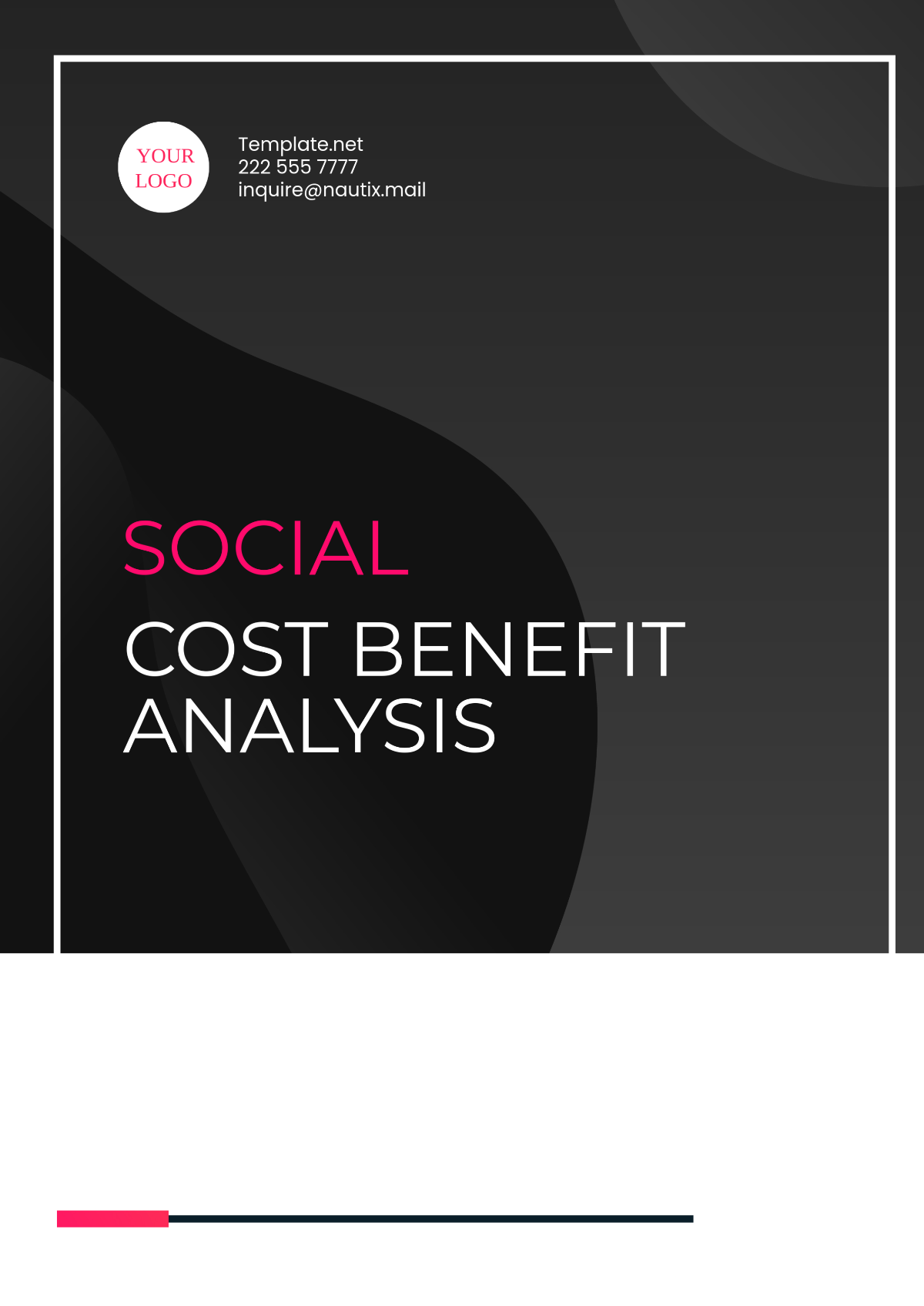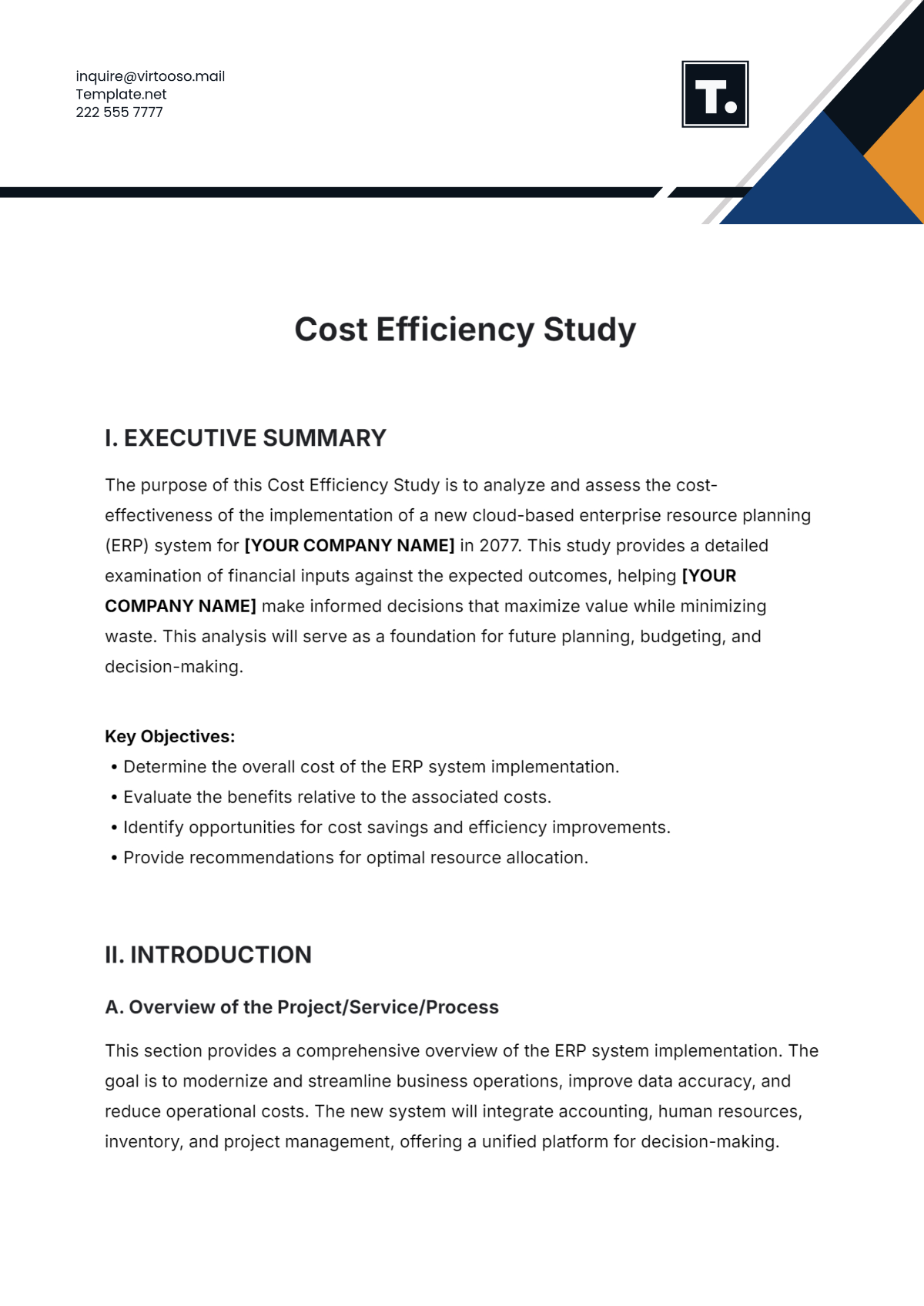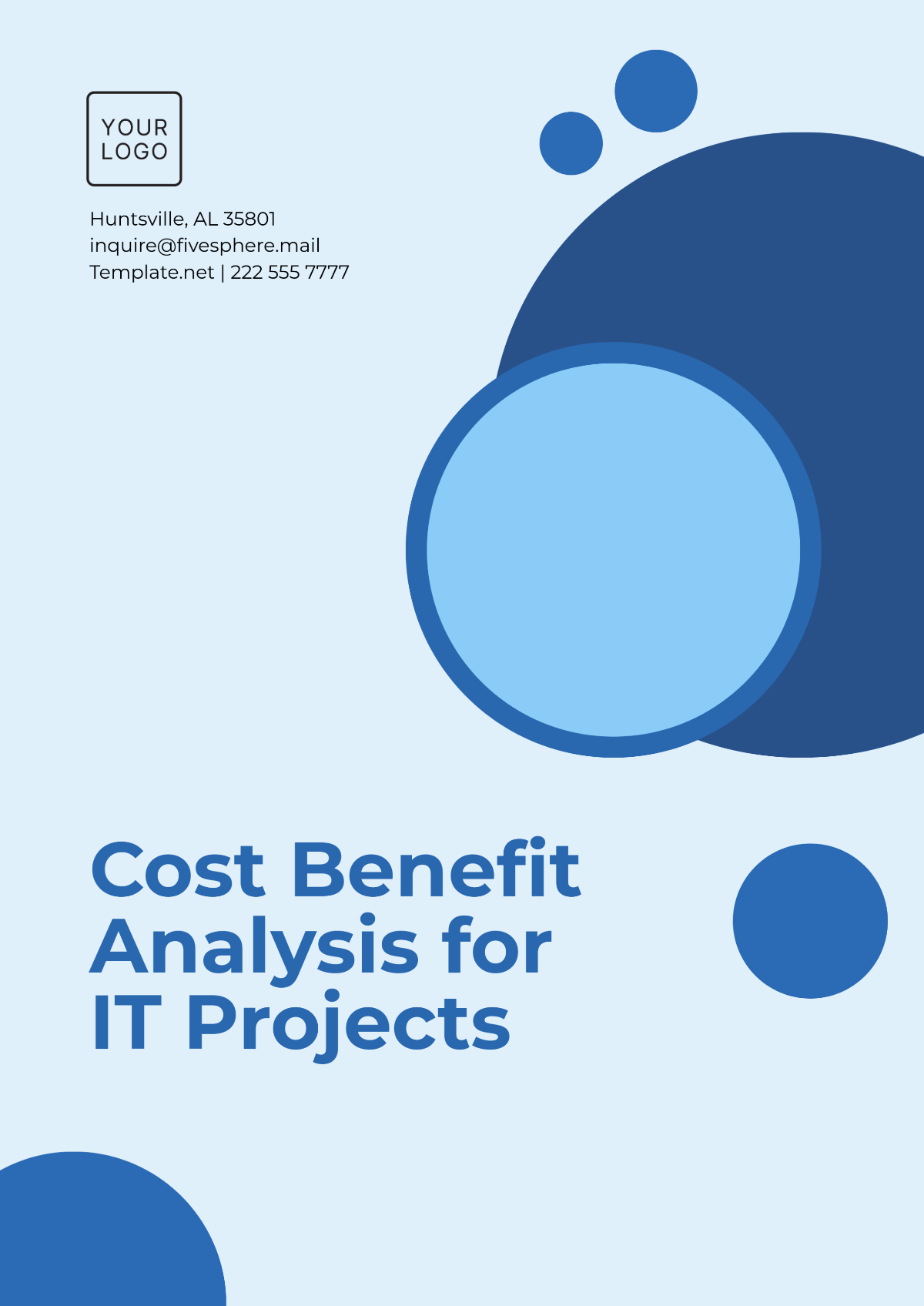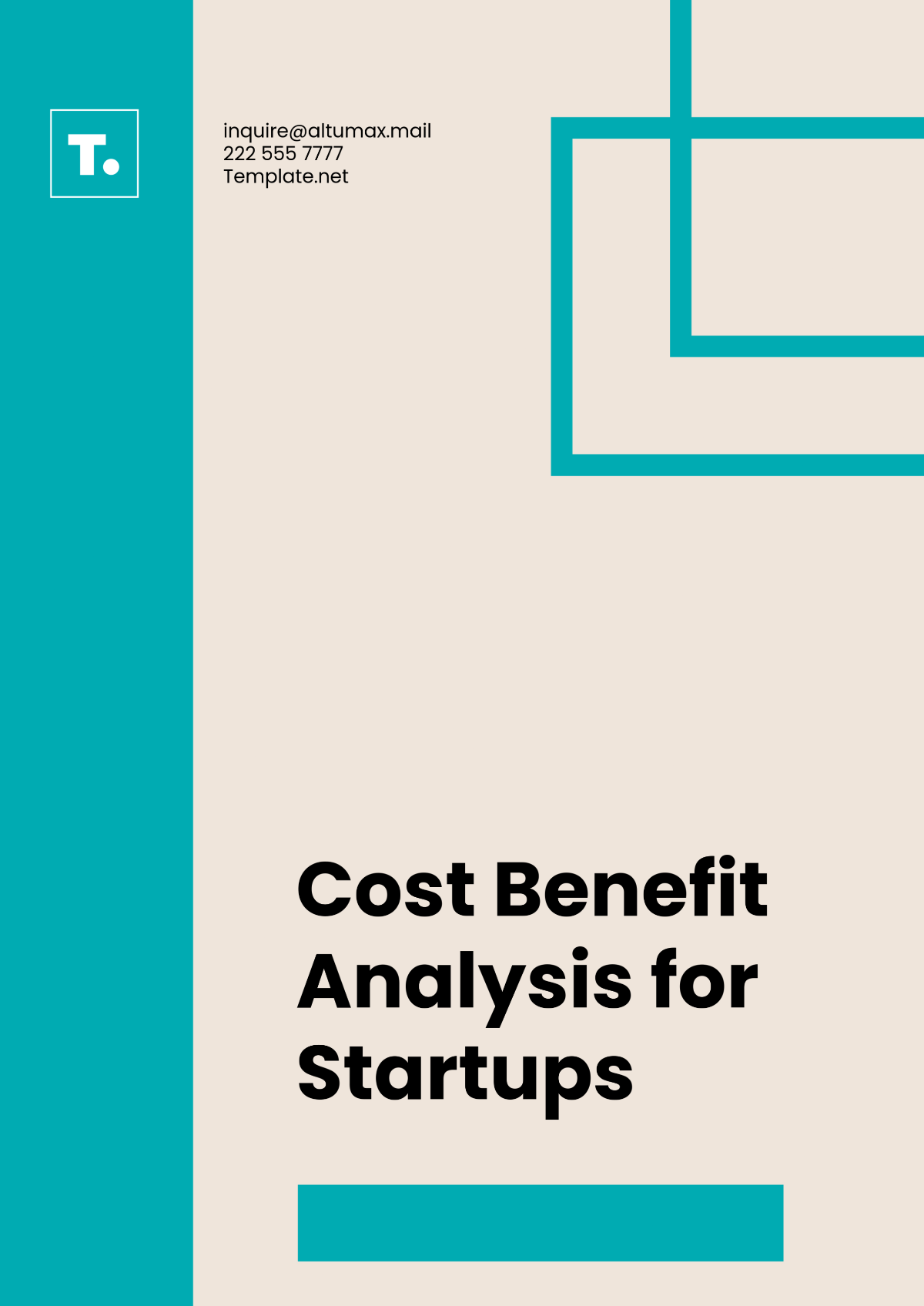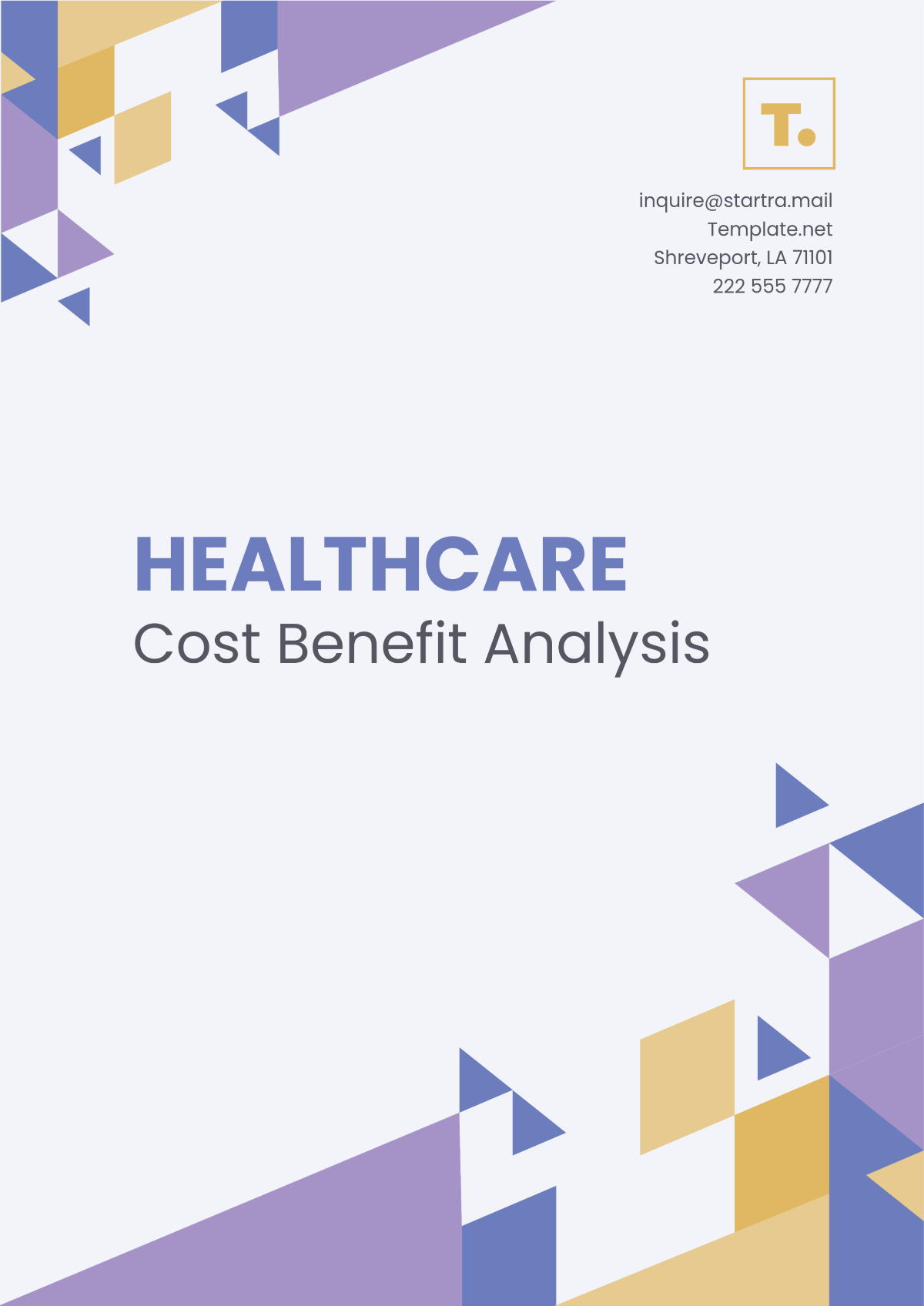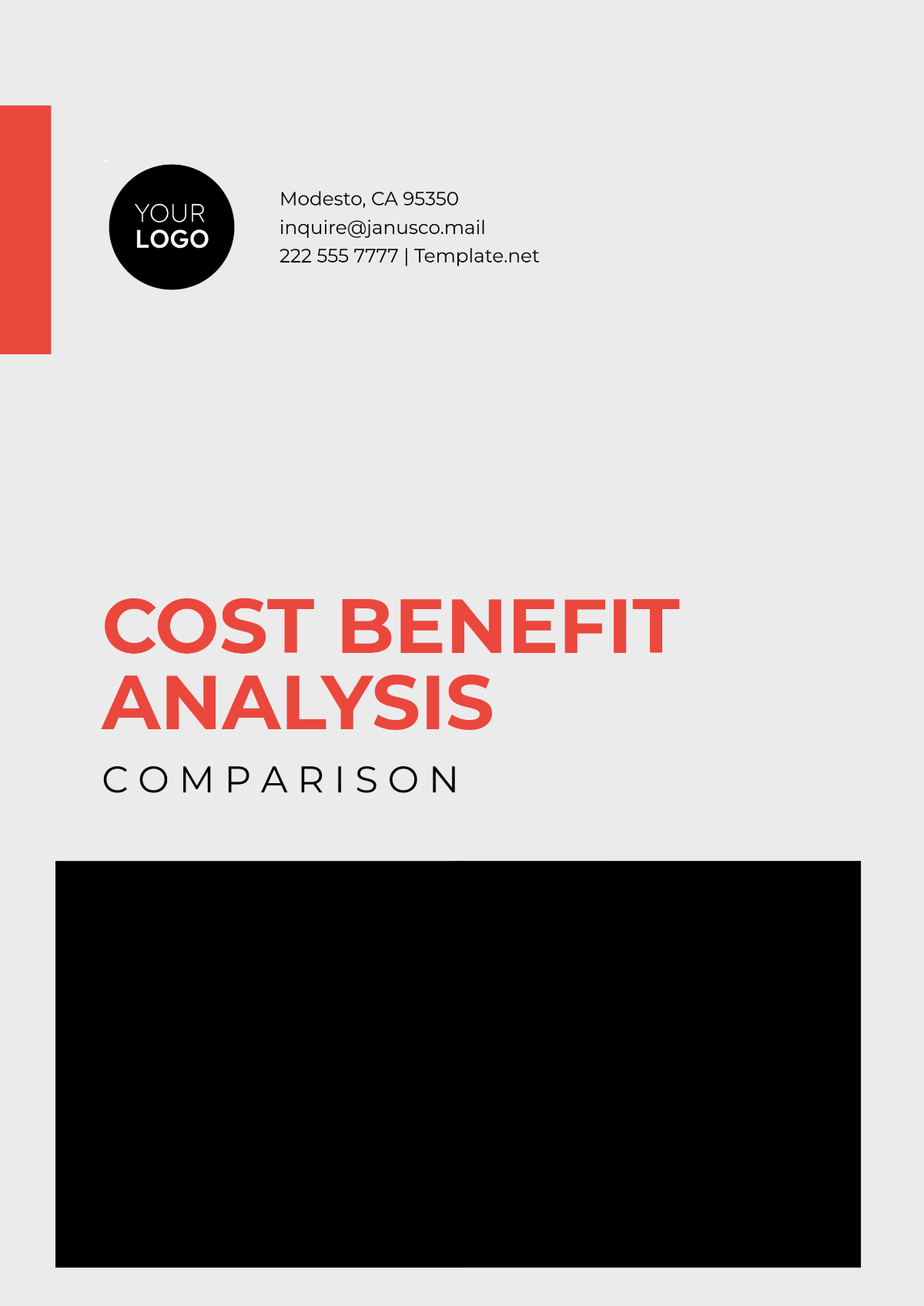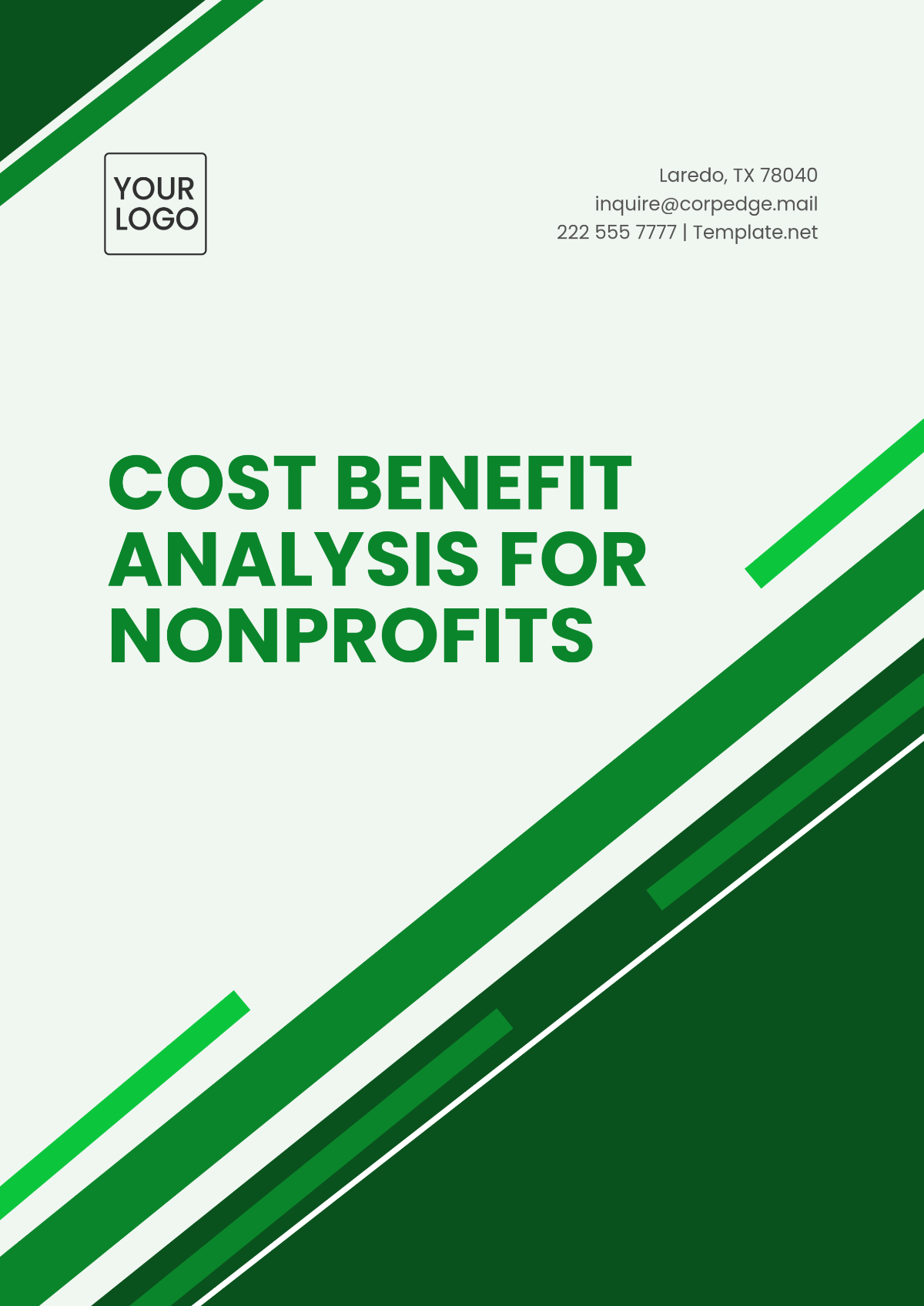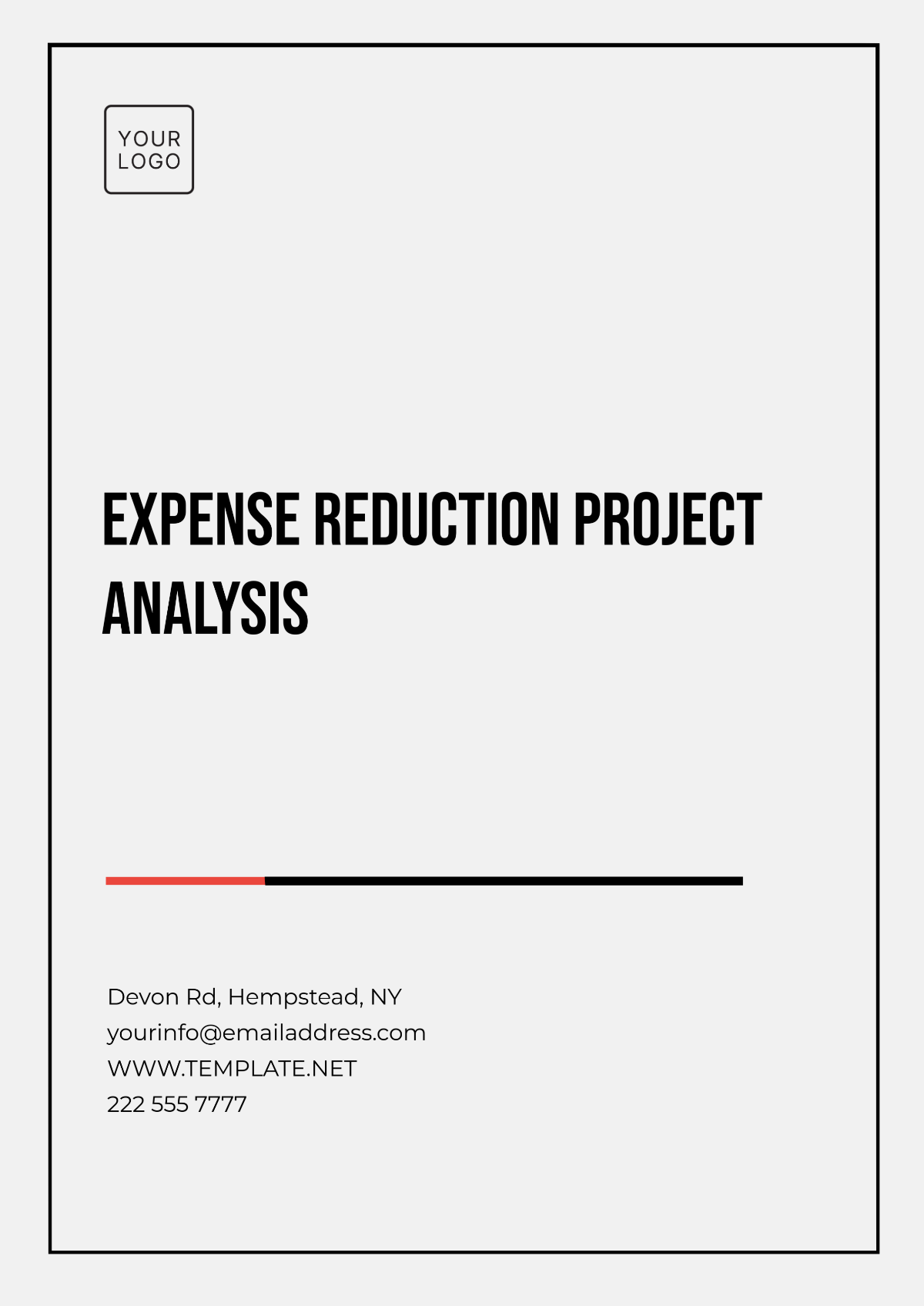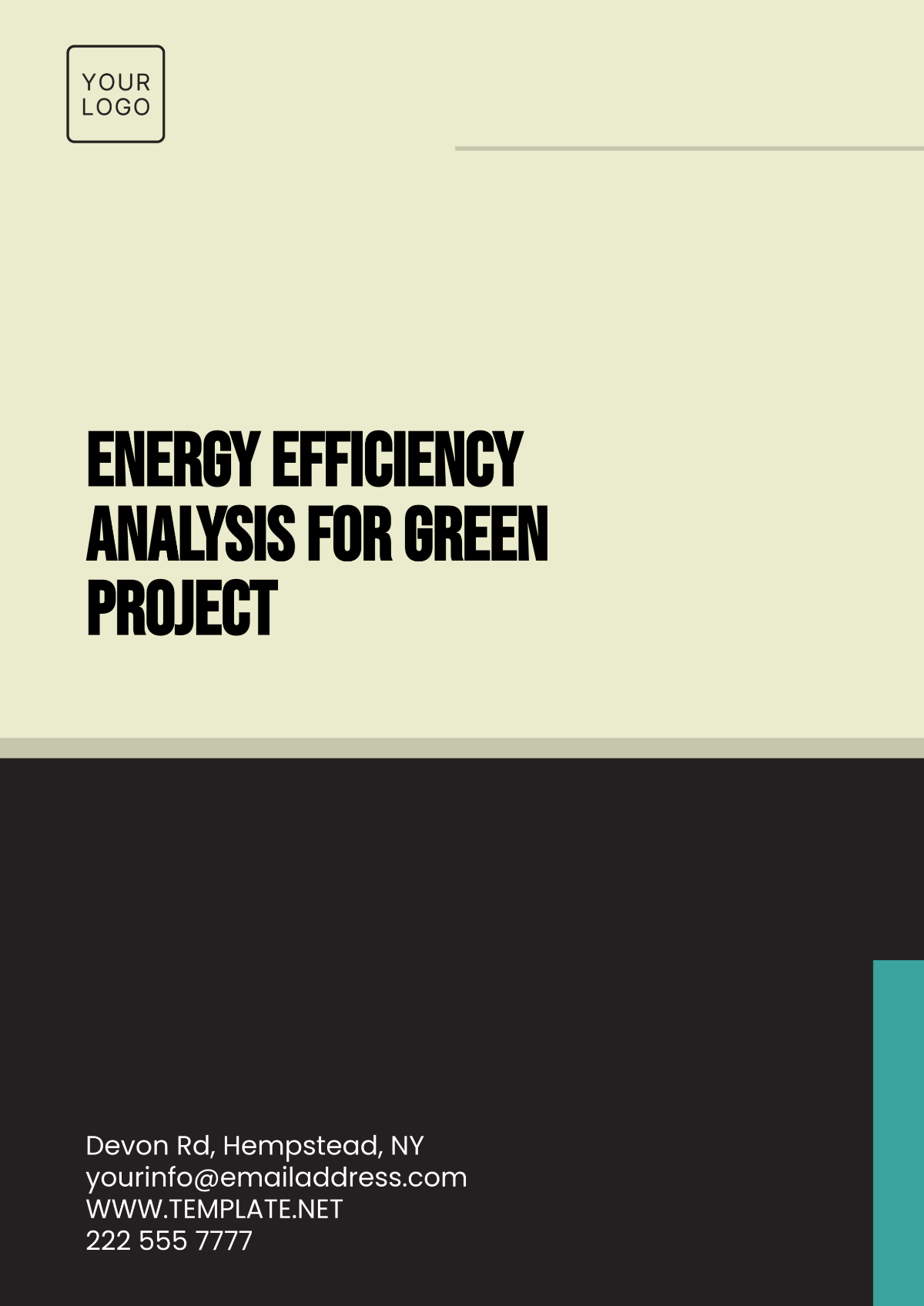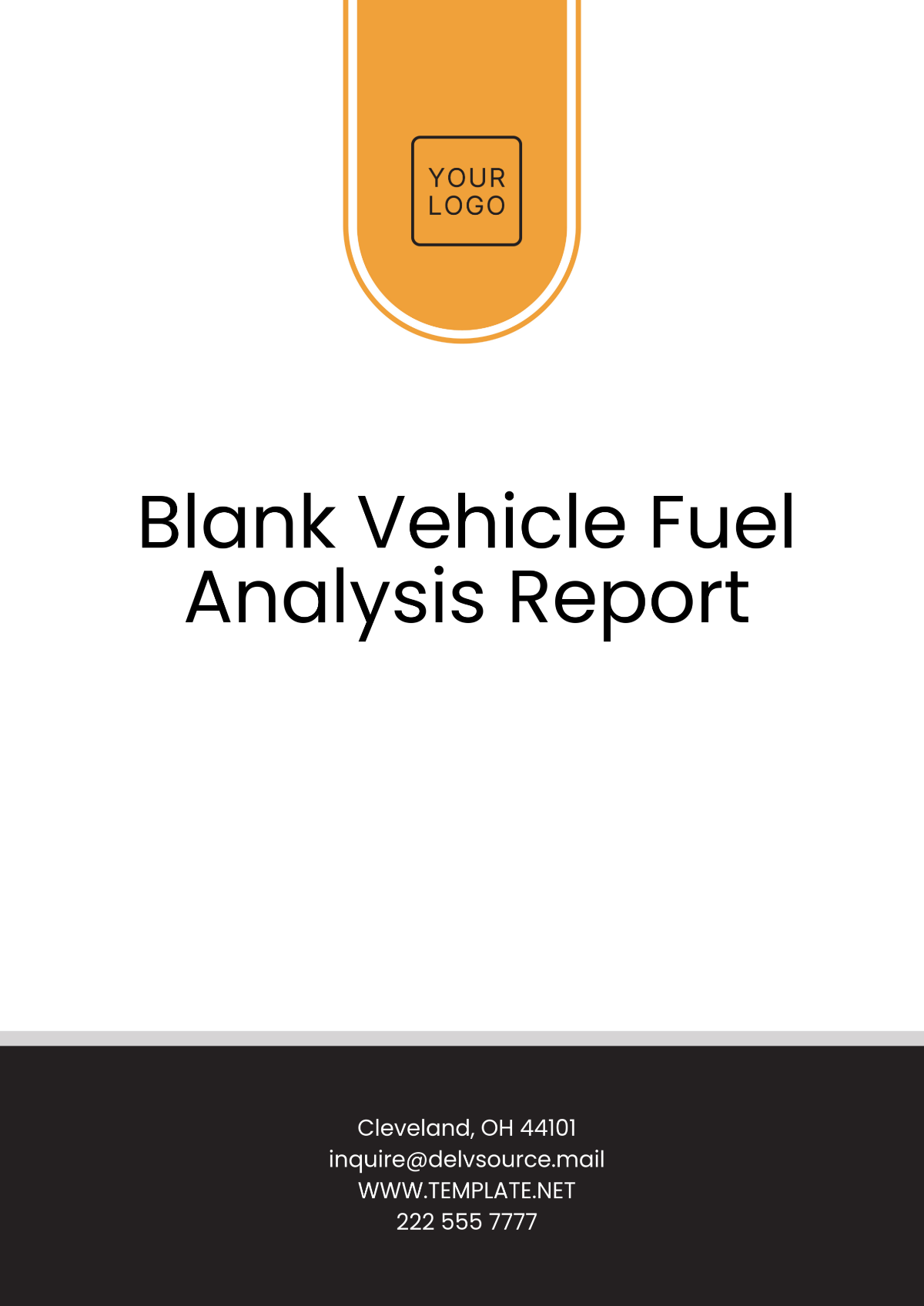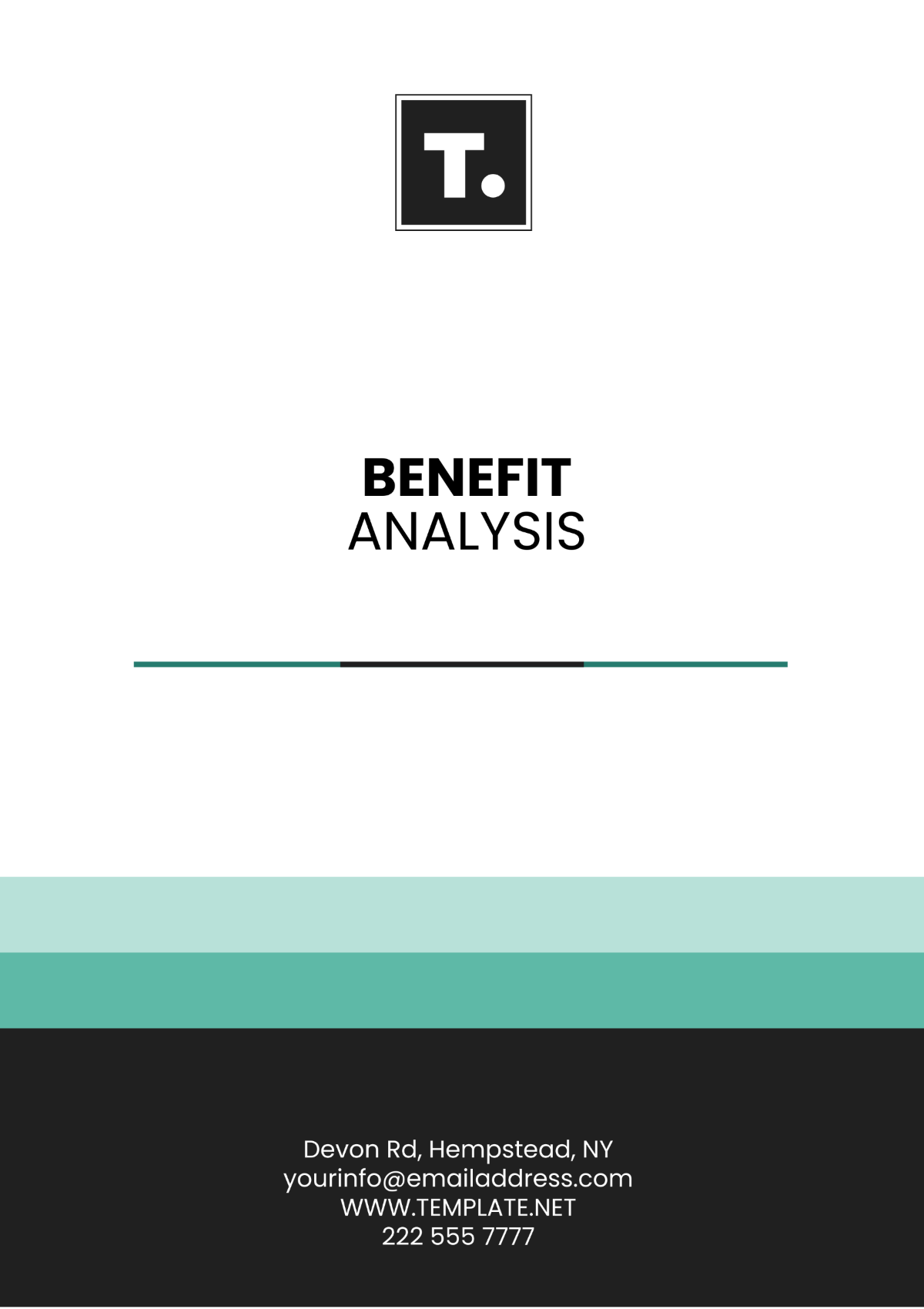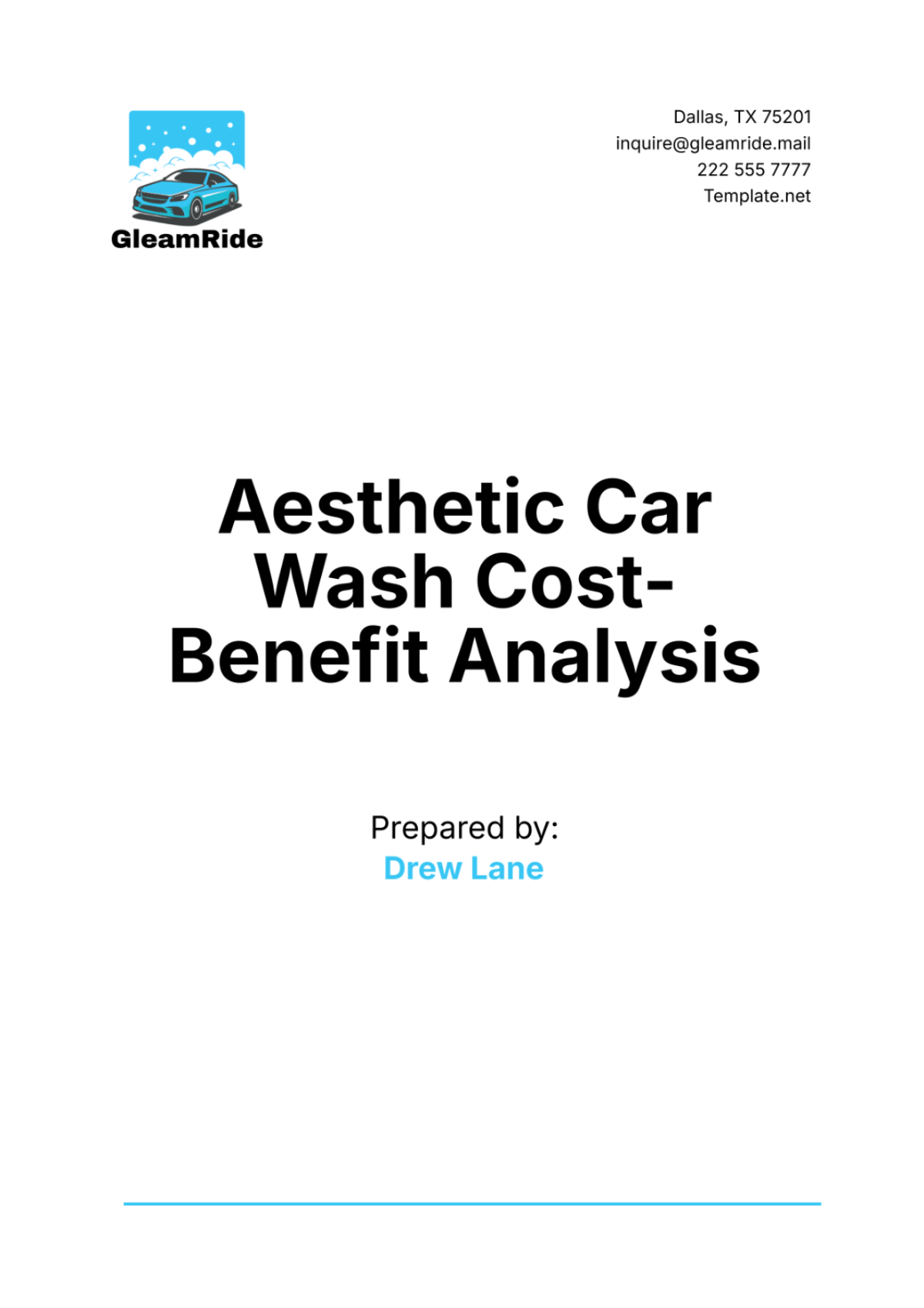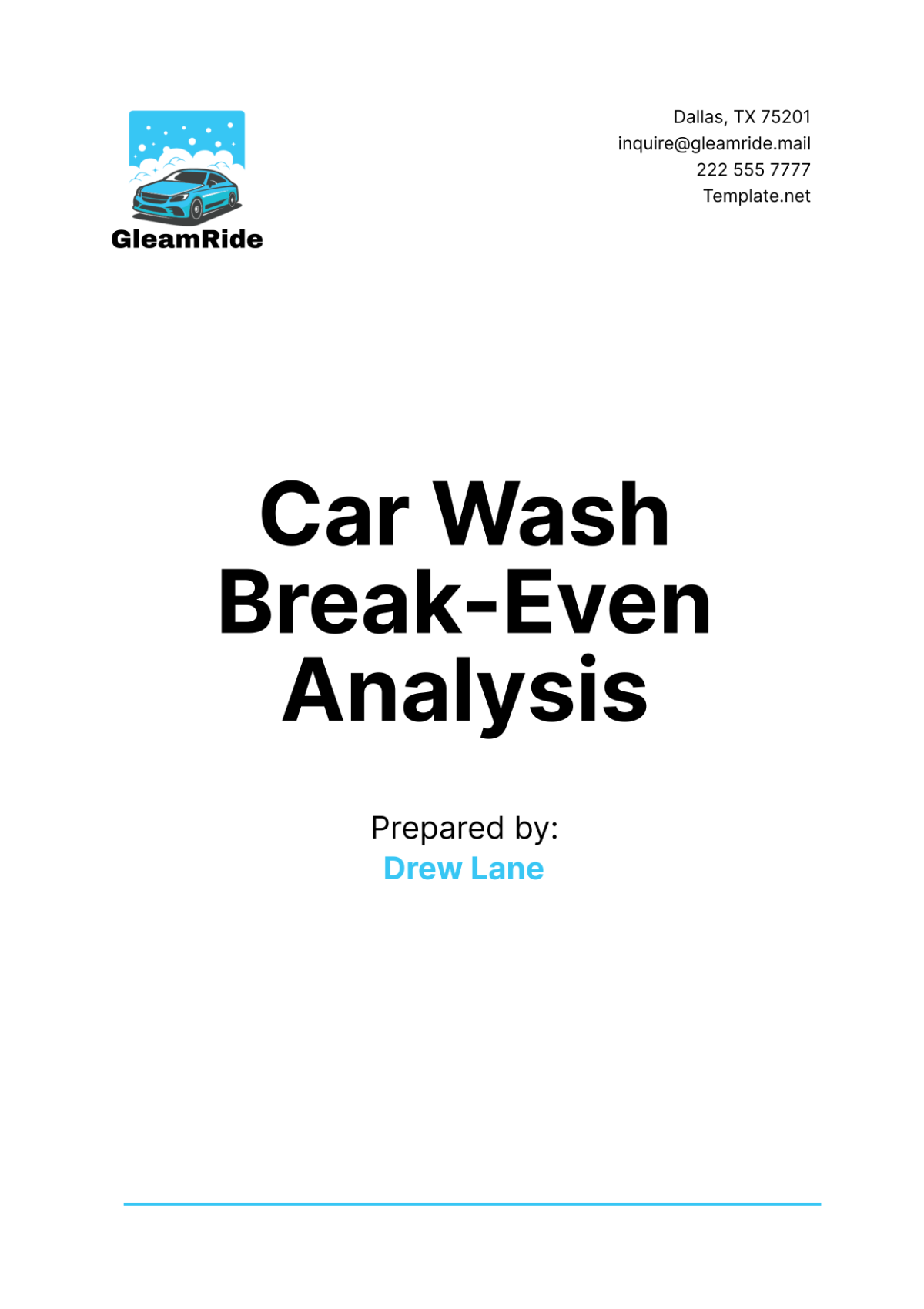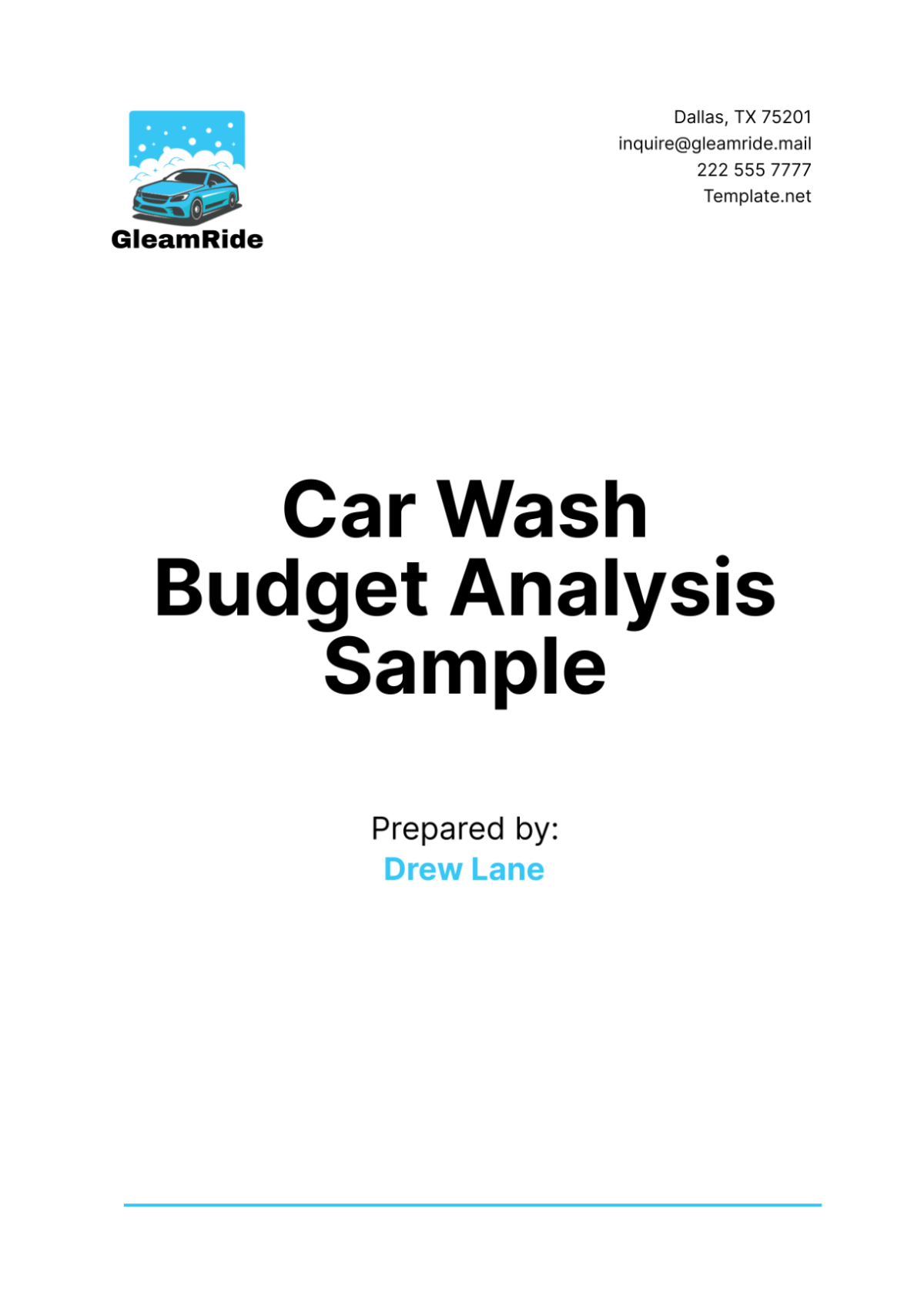I. Executive Summary
The primary objective of this analysis is to provide a concise, yet comprehensive overview of the financial benchmarks required to ensure that [Your Company Name] covers all its operational expenses without incurring losses. Establishing this clear financial baseline is essential for maintaining sustainable operations in a highly competitive hospitality market. By understanding the specific financial thresholds, the management can better strategize on resource allocation, cost management, and revenue optimization, ensuring that the business remains viable and profitable under various economic conditions.
Our detailed financial analysis reveals that [Your Company Name] needs to achieve the sale of 10,000 room nights annually at an average rate of $150 per night to reach its break-even point. This volume translates to maintaining a minimum occupancy rate of 27% throughout the year. These figures were derived from a careful examination of both fixed and variable costs associated with running the hotel, including but not limited to staff salaries, utility costs, property maintenance, and guest services. This break-even analysis is vital as it not only highlights the minimum revenue needed to avoid financial deficits but also serves as a benchmark for assessing the efficiency of current operational strategies.
The significance of understanding the break-even point cannot be overstated. It serves as a crucial indicator for setting appropriate pricing, developing effective marketing strategies, and streamlining operational tactics. Furthermore, achieving and surpassing this break-even point is imperative for the financial health of the hotel, as it enables surplus revenue which can be reinvested into the business for enhancements and expansions.
This financial threshold acts as a guiding star for all strategic decisions, helping to align marketing efforts to attract the right customer segments during the right periods, adjust pricing dynamically in response to market demands, and manage costs effectively without compromising service quality. Moreover, by consistently monitoring and adapting strategies based on this break-even analysis, [Your Company Name] can not only ensure its current financial stability but also strategically plan for future growth and development in an ever-evolving market landscape.
II. Fixed Costs Analysis
To manage financial stability effectively, understanding and managing fixed costs are crucial. These costs, which amount to $750,000 annually, remain constant regardless of occupancy rates and are therefore predictable yet inflexible. Effective financial management is imperative to ensure that revenue streams are sufficient to cover these expenses, as they form the backbone of the hotel's ongoing financial obligations.
Item | Annual Cost | Description |
|---|---|---|
Property Taxes | $200,000 | Reflects local tax rates and property valuation. |
Insurance | $150,000 | Covers property, liability, and business interruption risks. |
Salaries | $300,000 | For administrative and permanent staff essential to operations. |
Depreciation | $50,000 | Accounts for the spread of capital expenses over their useful life. |
Other Fixed Overheads | $50,000 | Includes security, IT support, and other essential services. |
Key insights:
Property Taxes: At $200,000 annually, this is a significant fixed expense that reflects the property's market value and the local tax rate. Understanding these costs is vital for long-term financial planning.
Insurance: Costing $150,000, insurance protects against a range of risks, including property damage, liability claims, and business interruptions. It's essential to maintain comprehensive coverage to safeguard against unforeseen events.
Salaries: Amounting to $300,000, salaries for administrative and permanent staff represent a substantial part of fixed costs. This highlights the importance of investing in a skilled workforce while managing payroll efficiently to maintain profitability.
Depreciation: At $50,000, depreciation of property and equipment must be accounted for in financial strategies. This not only affects tax implications but also impacts reinvestment and capital expenditure decisions.
Other Fixed Overheads: Including security and IT support costs at $50,000, these are critical for ensuring smooth operations and safeguarding assets. Regular evaluations can help optimize these expenses without compromising on service quality.
Overall, fixed costs demand careful budgeting and financial foresight. Regular reviews and strategic planning are necessary to ensure these costs are always covered by the revenue, which is vital for the financial health of the hotel.
III. Variable Costs Analysis
Variable costs are crucial in our cost-control strategy, fluctuating directly with occupancy rates. At $30 per room night, these costs highlight the areas where operational efficiencies can be improved to bolster the hotel's profitability, particularly during low occupancy periods.
Cost Item | Cost per Room Night | Description |
|---|---|---|
Utilities | $10 | Includes electricity, water, and heating costs, variable with usage. |
Housekeeping Supplies | $5 | Costs for cleaning supplies and linens. |
Guest Amenities | $10 | Includes toiletries and complimentary breakfast. |
Maintenance | $5 | For regular upkeep and emergency repairs. |
Key insights:
Utilities: At $10 per room night, utility costs fluctuate with usage and occupancy levels. Energy-efficient practices and equipment can significantly reduce these expenses, directly benefiting the bottom line.
Housekeeping Supplies: Costing $5 per room night, the expenses for cleaning supplies and linens can vary. Bulk purchasing and efficient inventory management can help reduce these costs.
Guest Amenities: Priced at $10 per room night, costs for toiletries and complimentary services contribute significantly to guest satisfaction. While essential, it’s important to source cost-effective suppliers to maintain quality without overspending.
Maintenance: Also, at $5 per room night, maintenance costs cover regular upkeep and emergency repairs. Proactive maintenance scheduling can help minimize emergency expenses and extend the lifespan of the hotel’s assets.
Effectively managing variable costs involves understanding each cost component's impact on overall expenses and guest experience. Strategic adjustments in these areas can lead to significant savings and enhanced profitability, especially when aligned with occupancy trends and guest demand.
IV. Revenue Projections
Revenue projections are essential for aligning financial planning with market realities. By analyzing the revenue potential based on different room types and rates, [Your Company Name] can strategically position its offerings to maximize occupancy and profitability. This detailed forecasting helps in identifying the most lucrative segments and tailoring marketing strategies accordingly.
Room Type | Rate per Night | Projected Annual Revenue |
|---|---|---|
Standard Room | $150 | $1,095,000 |
Deluxe Room | $200 | $730,000 |
Suite | $300 | $547,500 |
Key insights:
Standard Room: At $150 per night, standard rooms are projected to generate $1,095,000 annually, based on their appeal to budget-conscious travelers and high turnover rates.
Deluxe Room: Priced at $200 per night, deluxe rooms cater to a more affluent segment, potentially generating $730,000 annually. These rooms offer higher profit margins and enhance the overall guest experience.
Suite: The most luxurious option at $300 per night, suites are expected to bring in $547,500 annually. While they have a lower occupancy rate, they significantly raise the average daily rate (ADR) and overall revenue.
Effective revenue management involves not only setting the right prices but also adjusting them based on demand fluctuations, competitive analysis, and seasonal trends. Such dynamic pricing strategies ensure that the hotel maximizes its revenue potential across different market conditions.
V. Break-Even Point Calculation
Determining the break-even point is crucial for understanding the minimum performance thresholds needed to sustain operations without financial losses. This metric guides pricing and operational decisions, ensuring they align with the hotel’s economic objectives.
Description | Calculation | Result |
|---|---|---|
Fixed Costs | $750,000 | |
Variable Cost per Room | $30 | |
Average Revenue per Room | $150 | |
Break-Even Room Nights | Fixed Costs / (Average Revenue per Room - Variable Cost per Room) | 10,000 room nights annually |
Key insights:
Fixed Costs: The annual fixed costs of $750,000 provide a stable target for minimum revenue requirements.
Variable Cost per Room: At $30, this indicates the additional cost incurred for each room night sold, influencing pricing and promotional strategies.
Average Revenue per Room: Set at $150, this figure is pivotal in determining how many room nights (10,000 annually) are needed to reach break-even, balancing costs and revenue.
This calculation not only sets a clear target for the hotel but also highlights areas where improvements in cost management or revenue enhancement can lower the break-even threshold, thereby increasing profitability.
VI. Sensitivity Analysis
Sensitivity analysis assesses how susceptible the hotel’s financial outcomes are to changes in key economic variables such as room rates and cost structures. This analysis aids in understanding the financial flexibility and risk factors associated with our operational model.
Variable Change | Impact on Break-Even Point |
|---|---|
+10% Room Rate Increase | -900 Room Nights |
+10% Variable Costs Increase | +1,000 Room Nights |
Key insights:
+10% Room Rate Increase: This scenario decreases the number of room nights needed to break even by about 900, illustrating the impact of enhanced pricing strategies on financial performance.
+10% Variable Costs Increase: An increase in variable costs by 10% would require an additional 1,000 room nights to break even, underscoring the importance of cost control in maintaining profitability.
By understanding these sensitivities, the hotel can better prepare for economic fluctuations and adjust its strategies to safeguard its financial interests under various market conditions.
VII. Strategic Recommendations
Strategic recommendations are designed to optimize the financial and operational performance of the hotel. By addressing both macro and microeconomic factors, these recommendations aim to enhance profitability, ensure sustainability, and improve competitive positioning in the marketplace.
Enhance Marketing Efforts: [Your Company Name] should identify off-peak times and develop attractive promotions to boost demand during these periods. For instance, creating themed weekend getaways, special holiday packages, or exclusive offers for returning customers can draw in guests. Utilizing email marketing, social media campaigns, and partnerships with local attractions can also enhance the visibility of these promotions. Additionally, leveraging data analytics to understand guest preferences and behaviors can help in crafting offers that are more likely to convert, ensuring that marketing efforts are not only broad but also deeply targeted to the right audience.
Review Pricing Strategy: Implementing dynamic pricing models based on demand, competitor prices, and market trends can significantly enhance revenue per available room (RevPAR) and it allows [Your Company Name] to adjust prices in real-time to optimize revenue across different market conditions. By using software tools that analyze data points such as booking patterns, cancellation rates, and competitor pricing, the hotel can set prices that maximize occupancy without undercutting potential revenue. For example, prices can be automatically adjusted to increase during high-demand periods such as local events or peak tourist seasons and decrease during slower periods to attract more bookings. This strategy not only boosts overall revenue but also helps in maintaining competitive parity in the market.
Cost Control Measures: For energy usage, [Your Company Name] can invest in energy-efficient appliances, LED lighting, and smart thermostats to reduce electricity and heating costs. Regular maintenance of HVAC systems and training staff on energy conservation practices can also contribute to lower energy bills. In terms of supply chain management, negotiating better rates with suppliers, buying in bulk, and opting for local products to save on shipping costs are effective strategies. Additionally, implementing inventory management software can help in reducing waste and ensuring that resources are used efficiently, further cutting down costs. These cost control measures not only reduce expenses but also enhance operational efficiency, directly impacting profitability.
Optimize Online Presence: In today's digital age, a robust online presence is crucial for attracting both domestic and international travelers. [Your Company Name] should invest in an optimized website that includes a seamless booking engine, high-quality photos, virtual tours, and detailed descriptions of amenities. Enhancing search engine optimization (SEO) strategies to increase visibility in search results and leveraging online travel agencies (OTAs) can also drive higher occupancy rates.
Develop Loyalty Programs: Implementing a loyalty program can significantly boost repeat business by rewarding returning guests. Such programs should offer tiered rewards, including discounts, room upgrades, and personalized services, to encourage frequent stays. This strategy not only fosters guest loyalty but also provides a competitive edge by enhancing guest experiences and satisfaction.
Expand Event and Conference Services: Capitalizing on the lucrative market of corporate events and conferences can open additional revenue streams. [Your Company Name] should consider developing versatile event spaces that can host a variety of functions, from business meetings to weddings. Offering comprehensive event packages, including catering, audio-visual equipment, and customized decor, can attract a broader clientele base.
Sustainability Initiatives: Embracing sustainability can not only reduce operational costs but also appeal to environmentally conscious consumers. Initiatives such as implementing energy-efficient systems, reducing water usage, and sourcing locally grown food for restaurants can enhance the hotel's brand image. Moreover, promoting these efforts through marketing materials can attract guests who prioritize eco-friendly practices, potentially increasing market share among this demographic.
By integrating these strategies into their business model, [Your Company Name] can not only exceed their financial goals but also build a stronger, more resilient brand in the competitive hospitality market.

